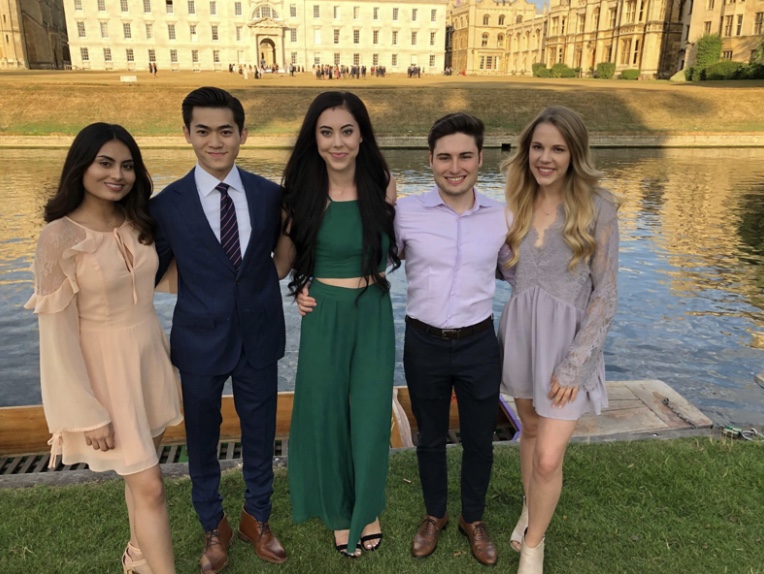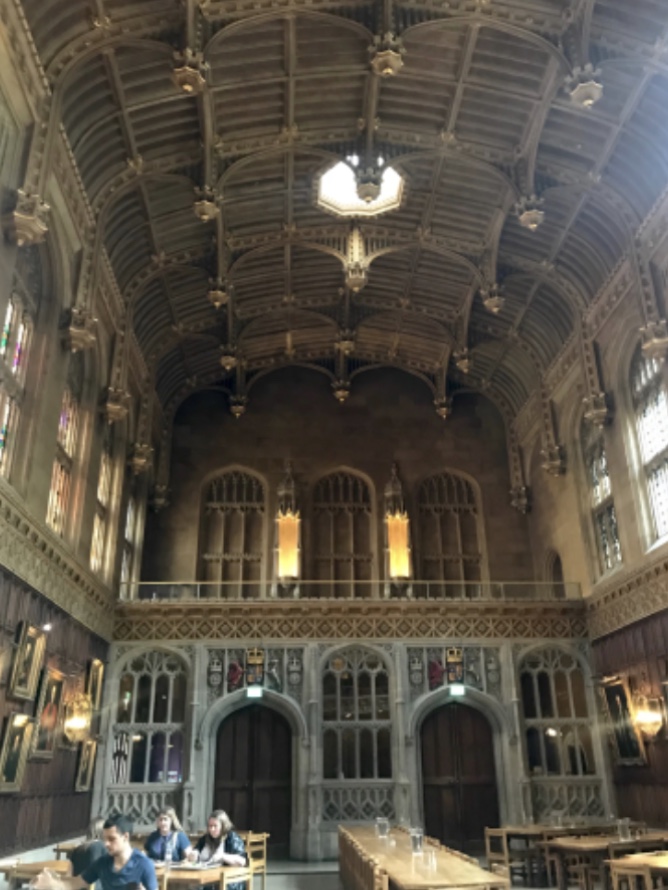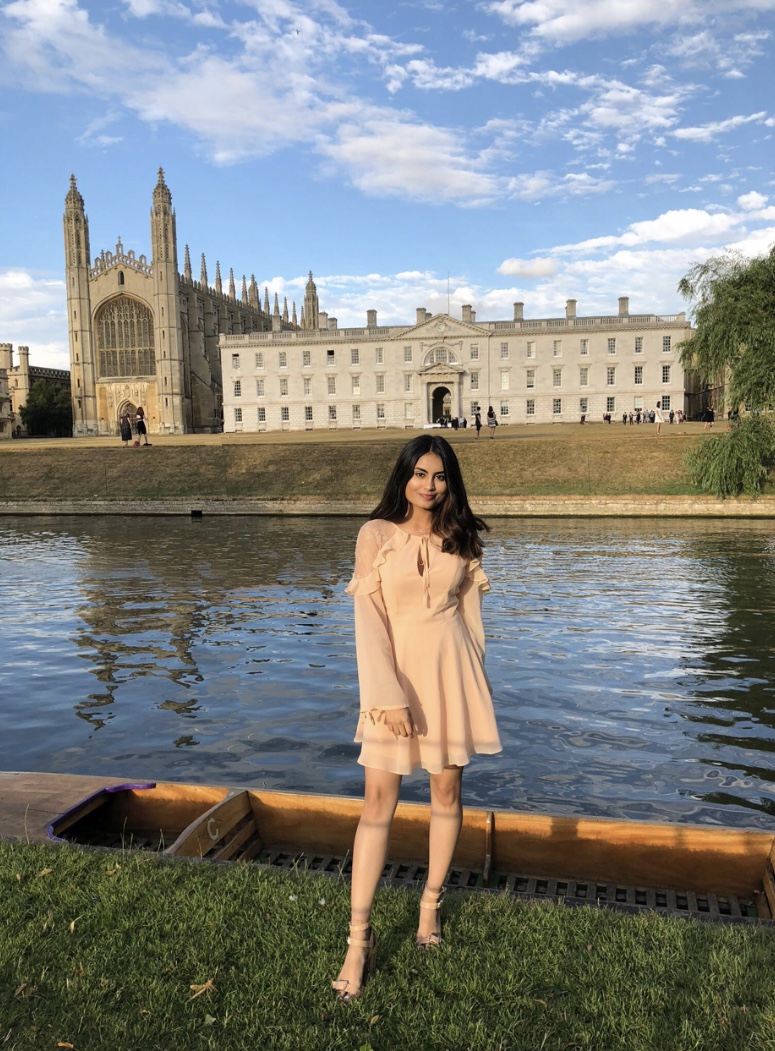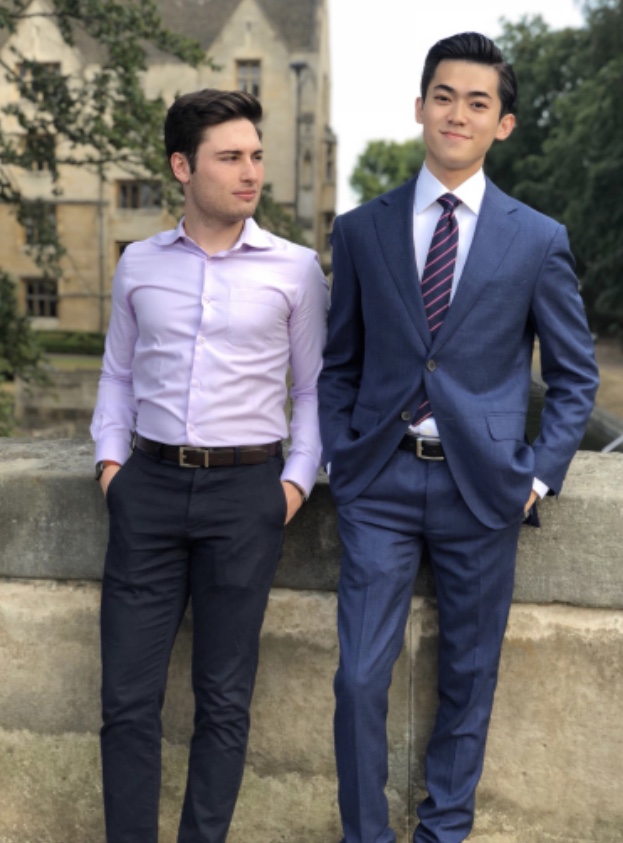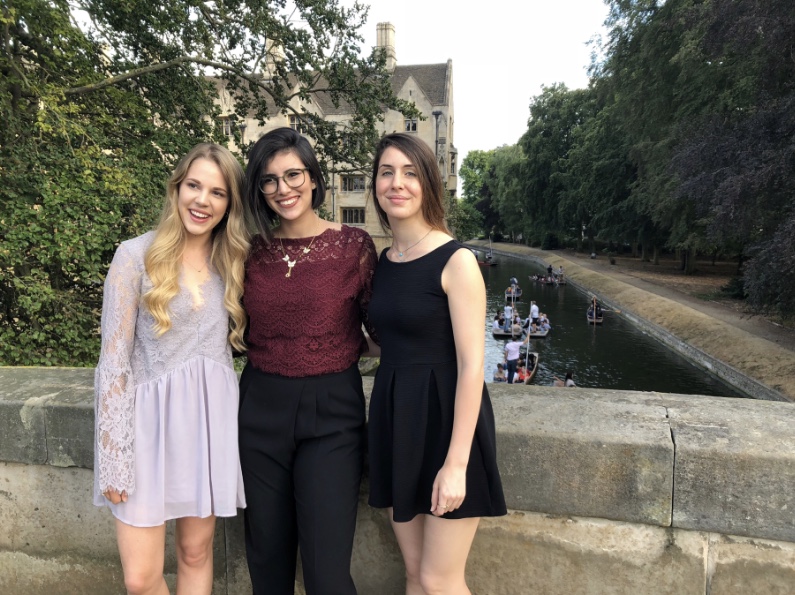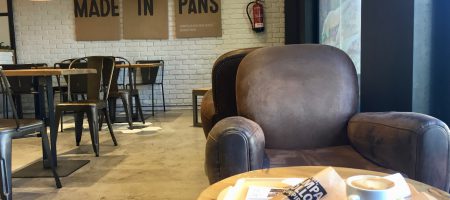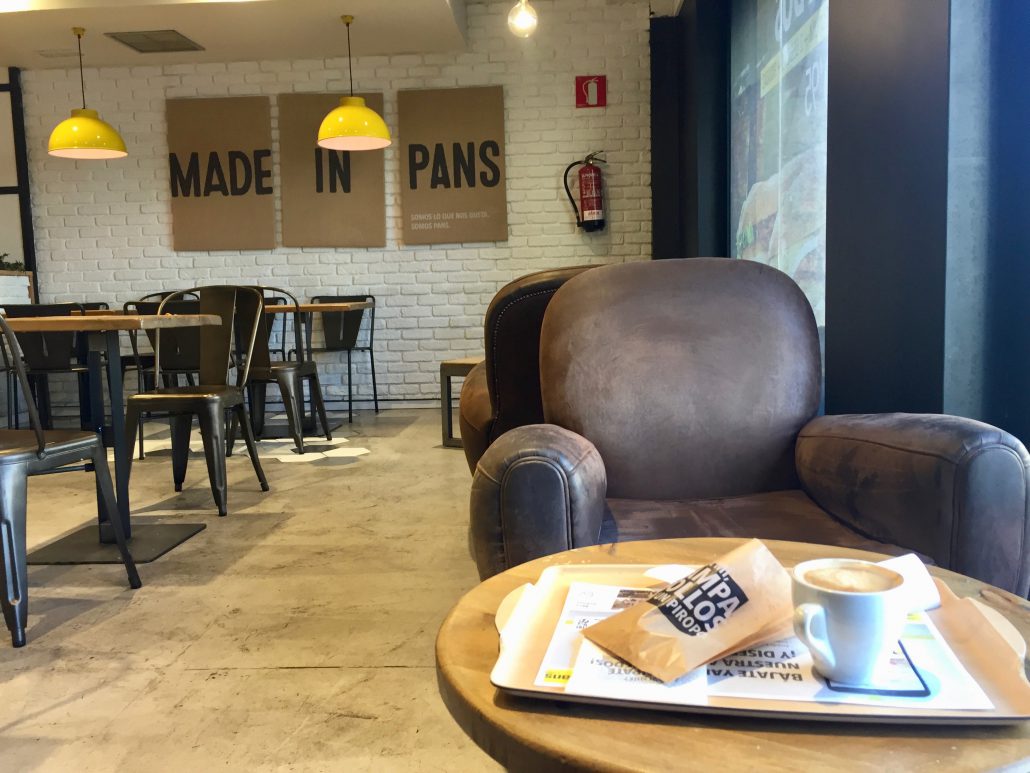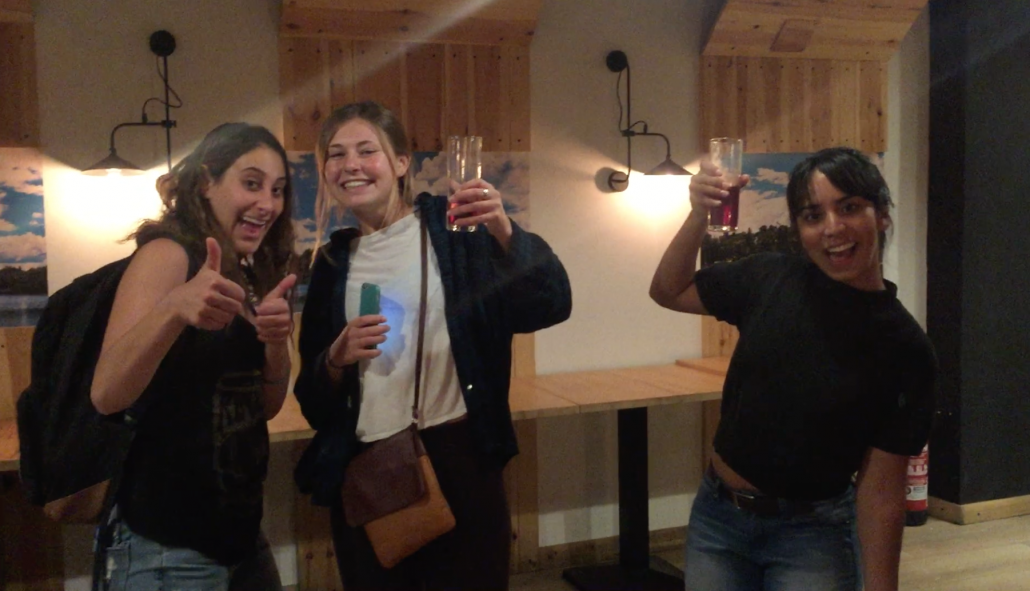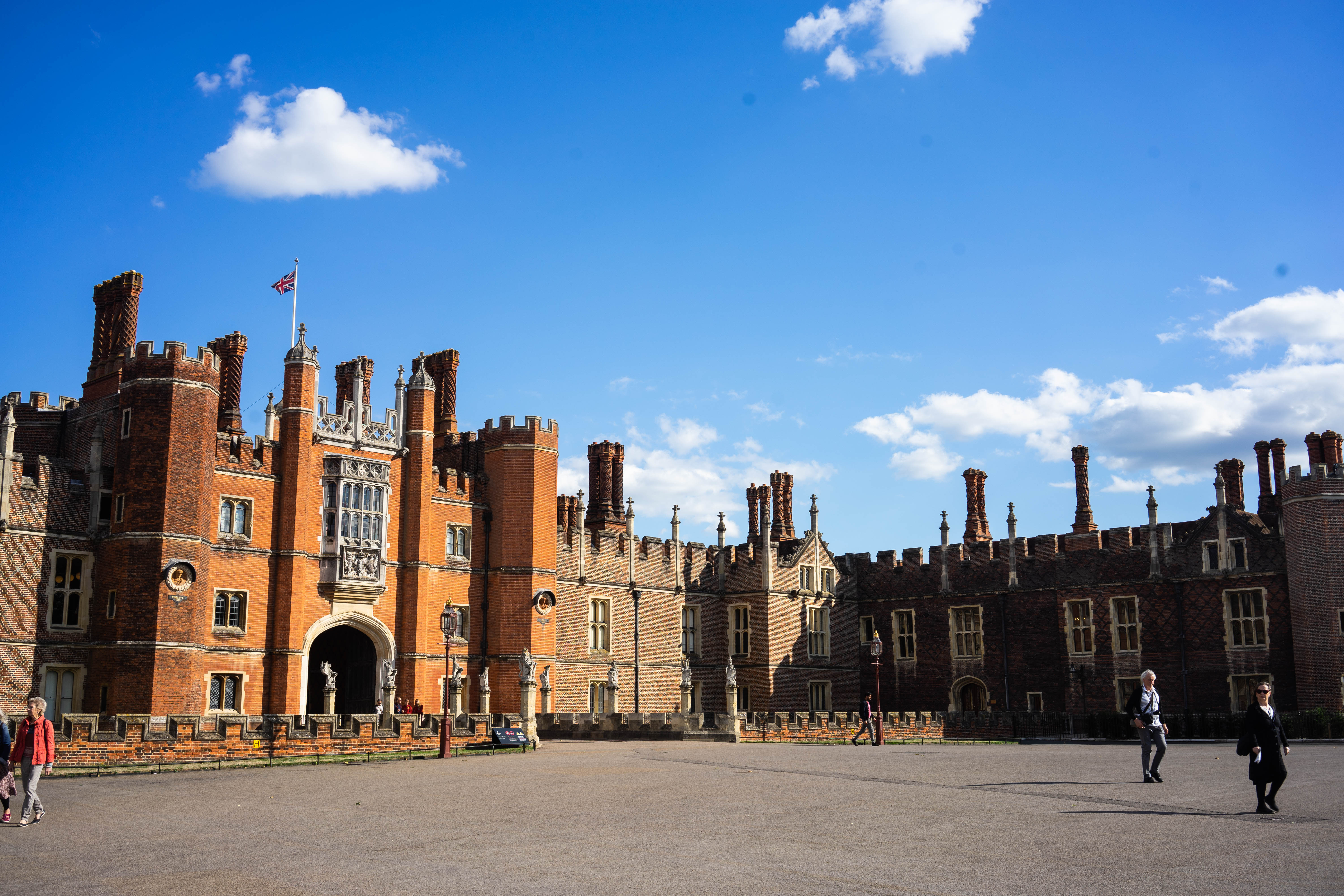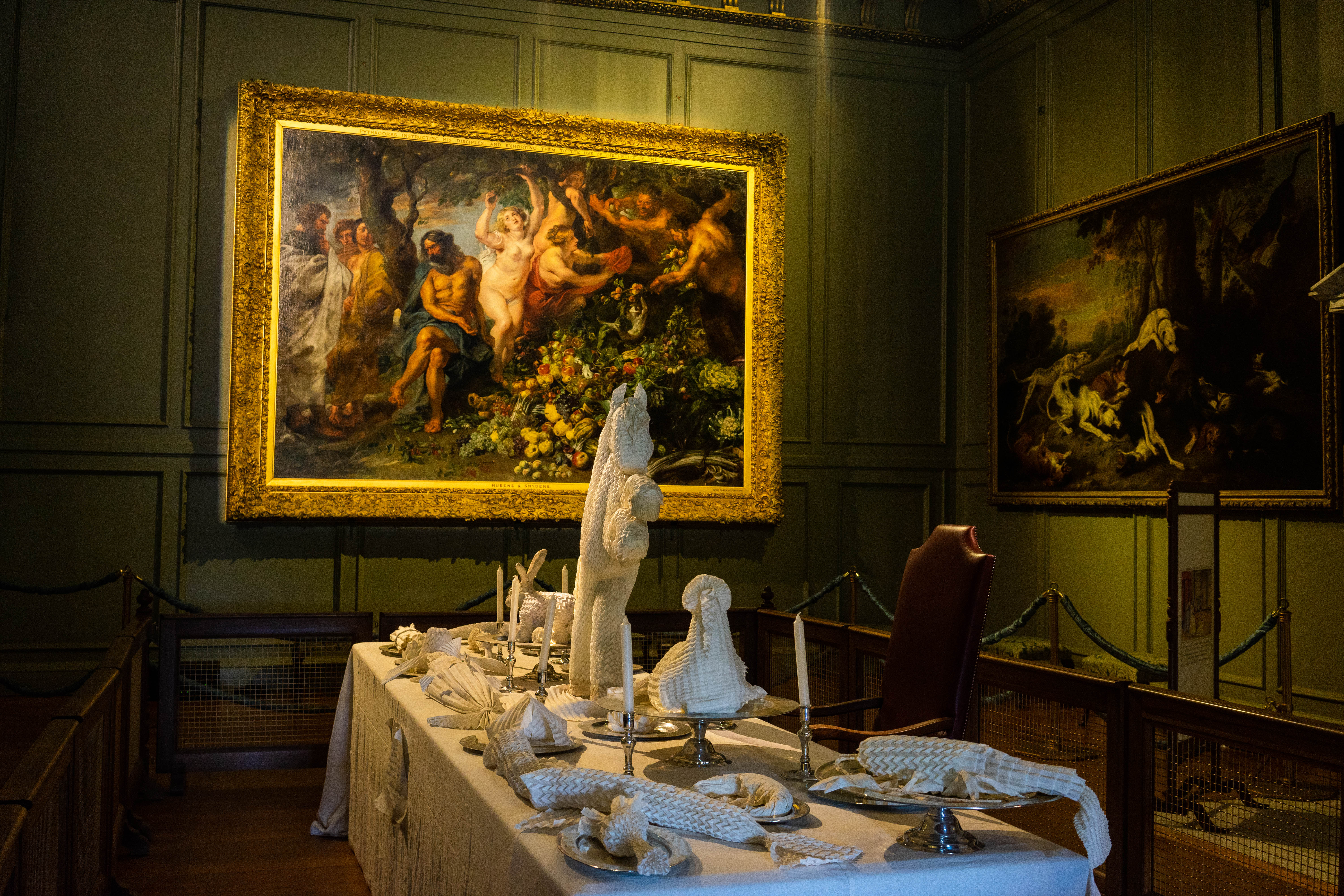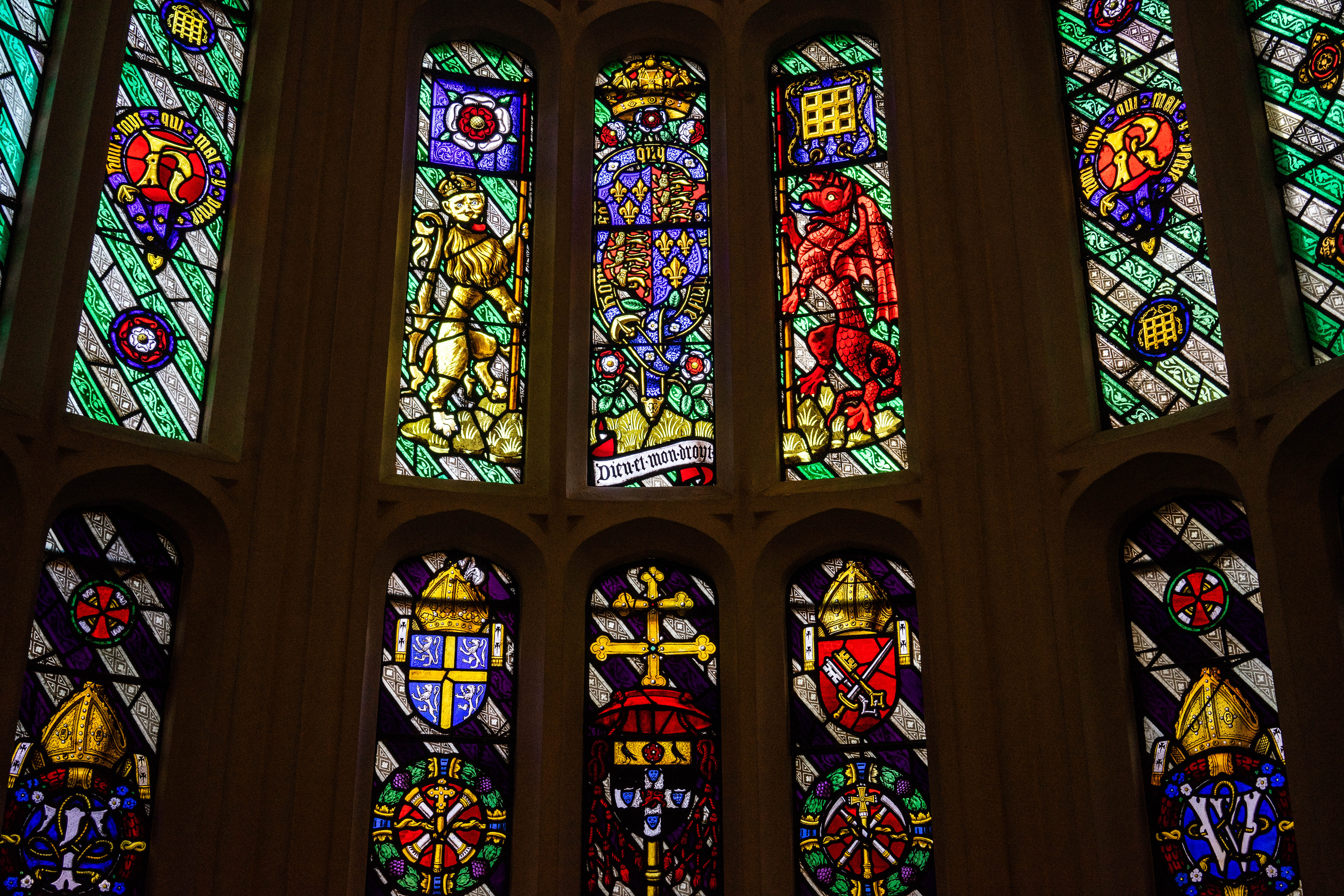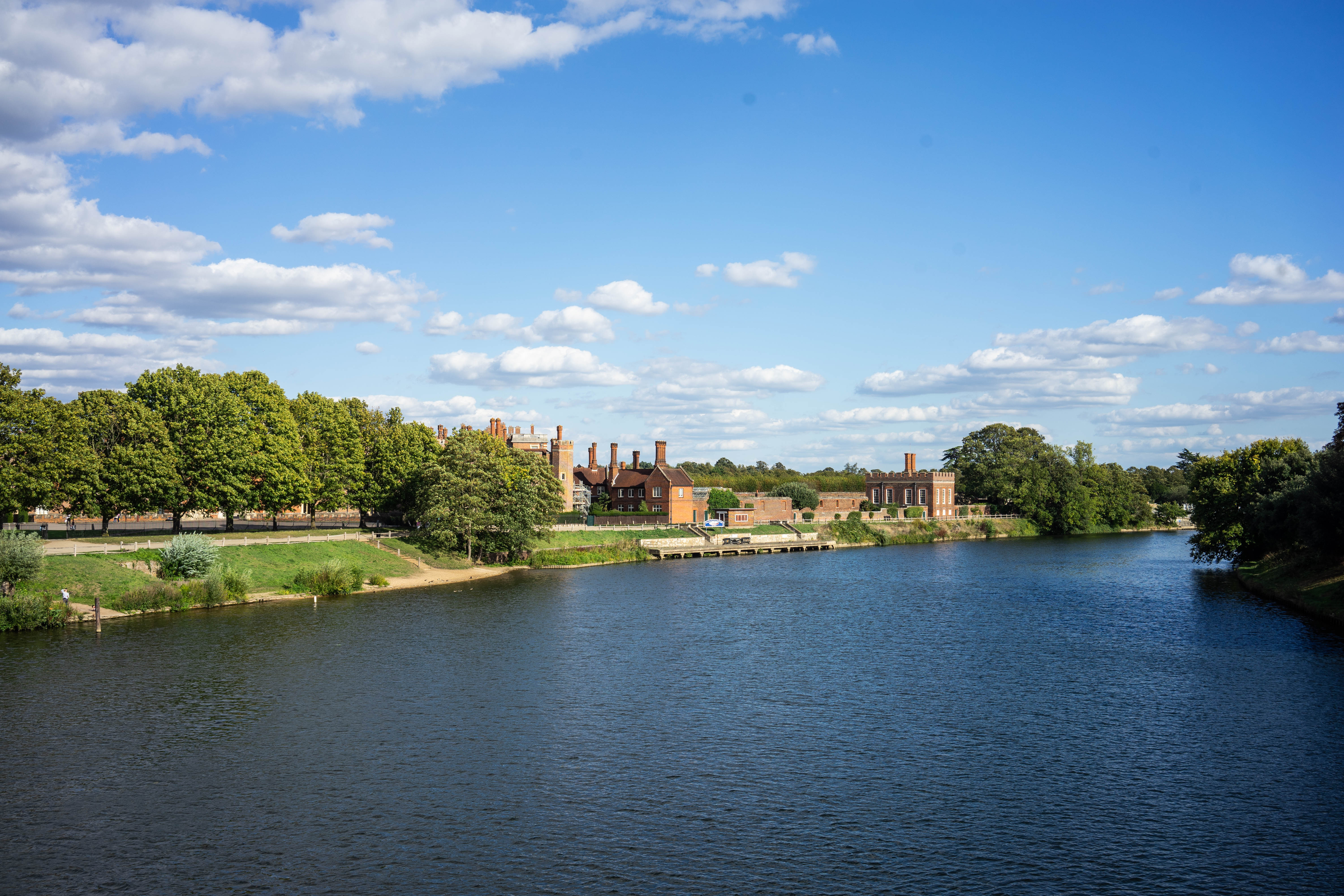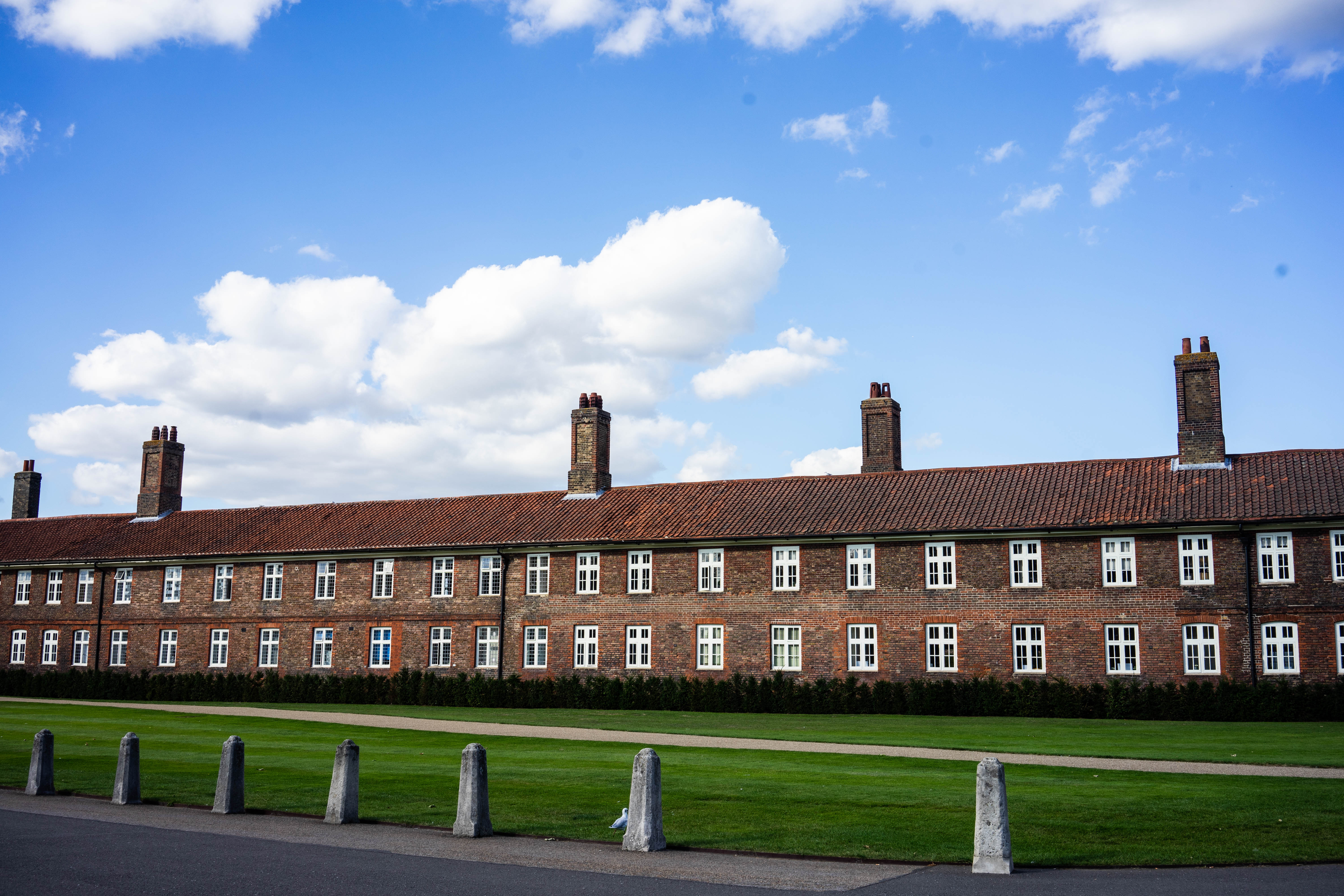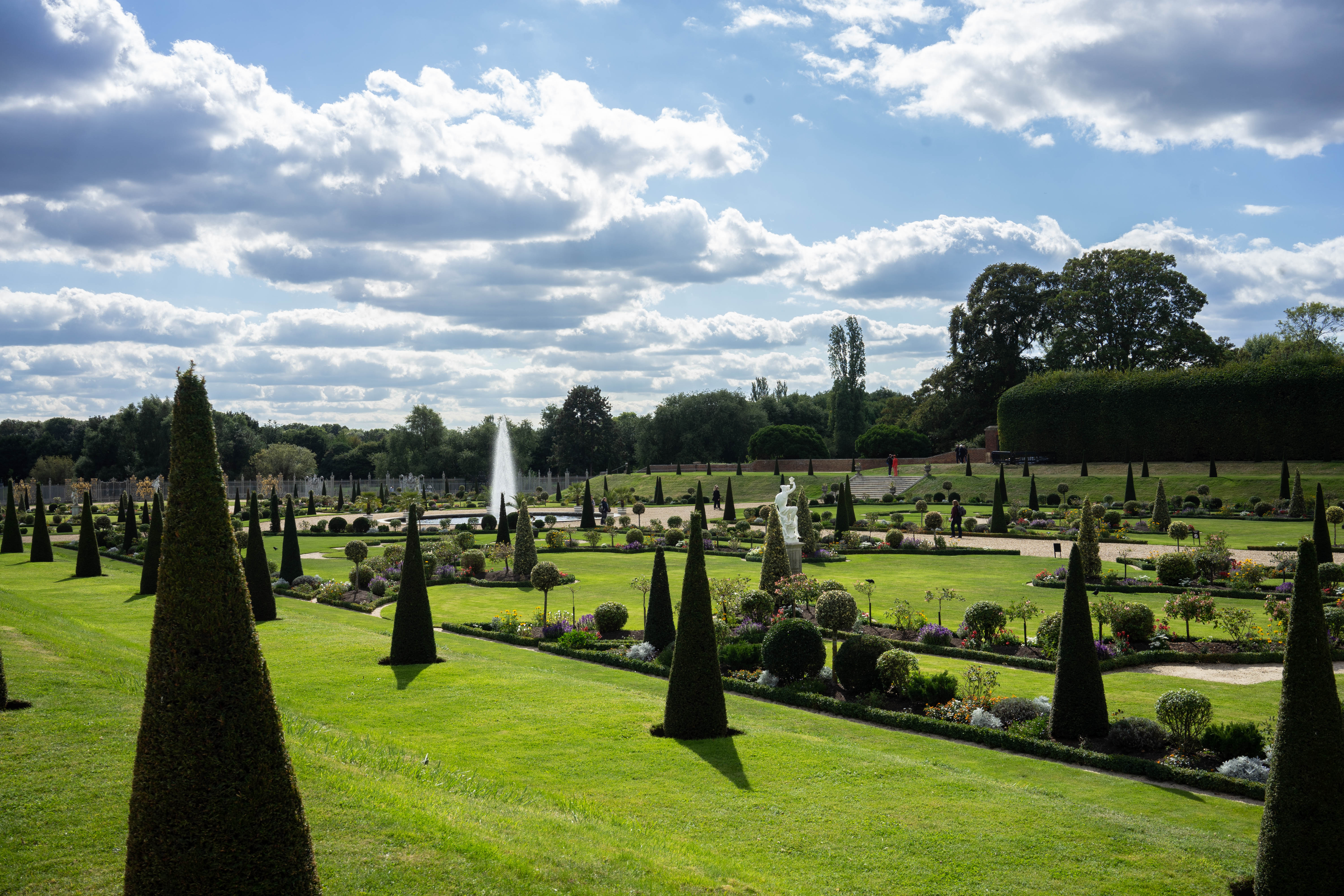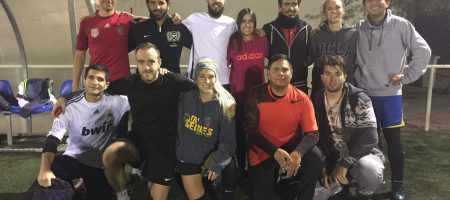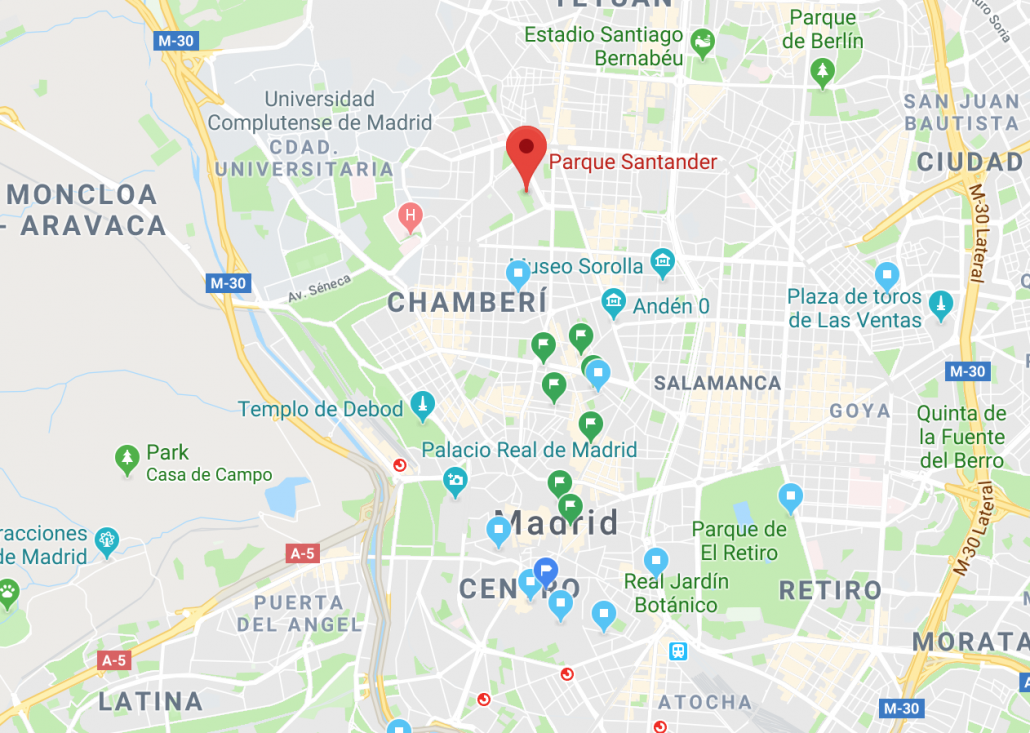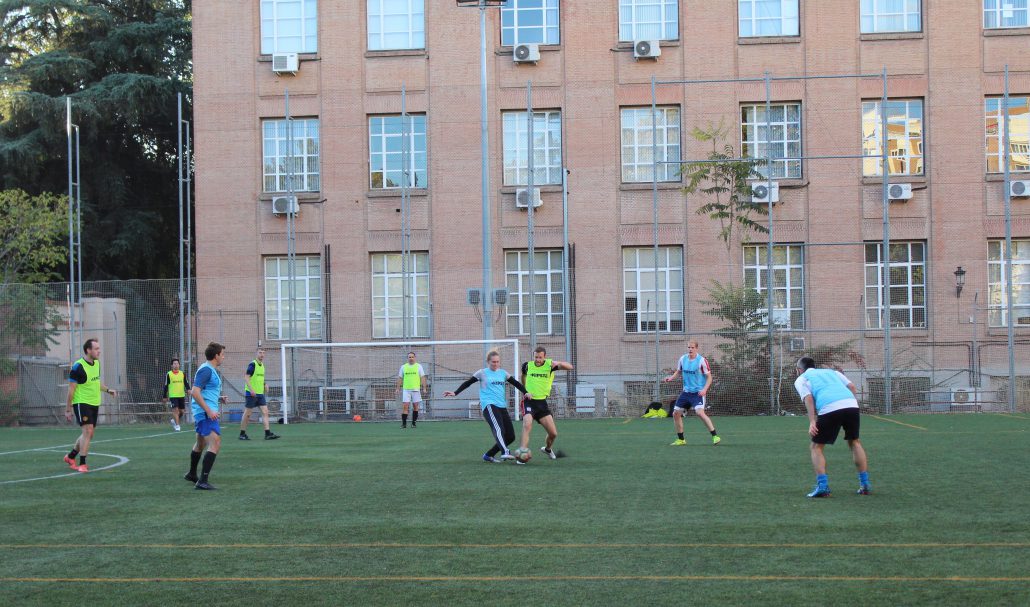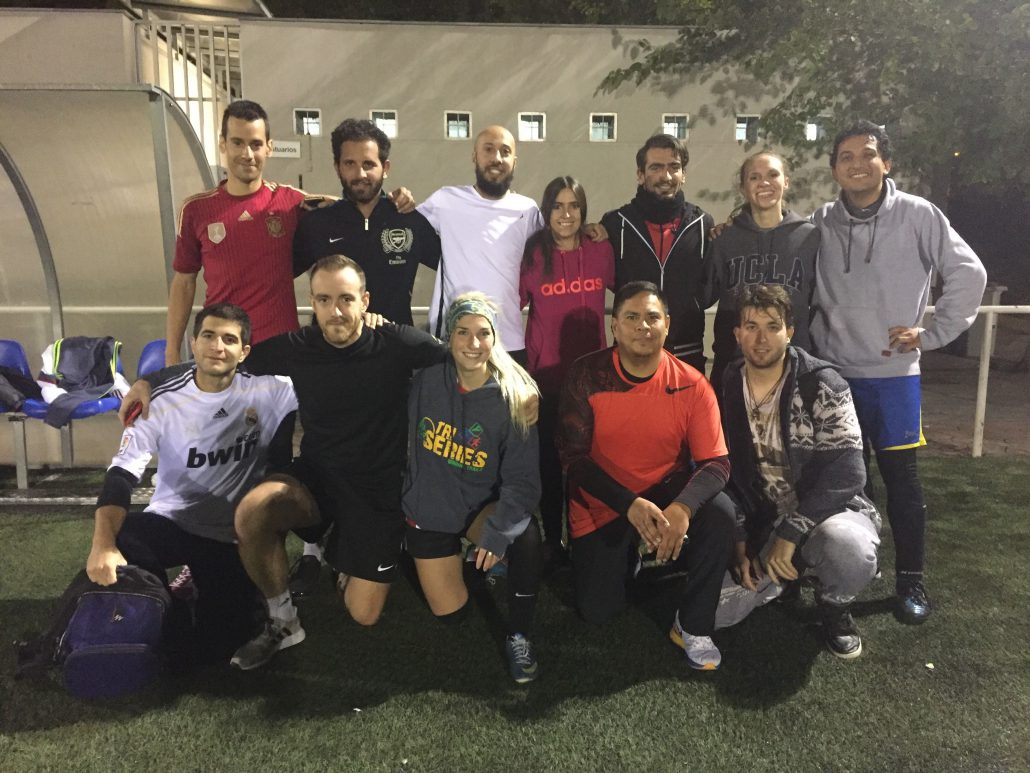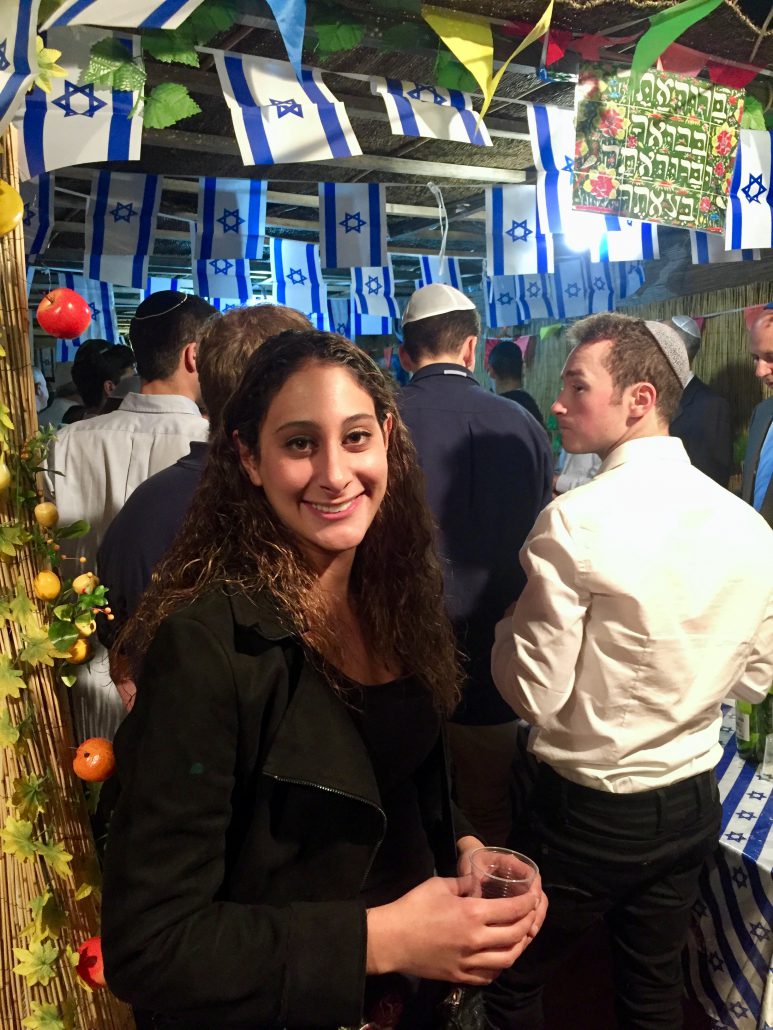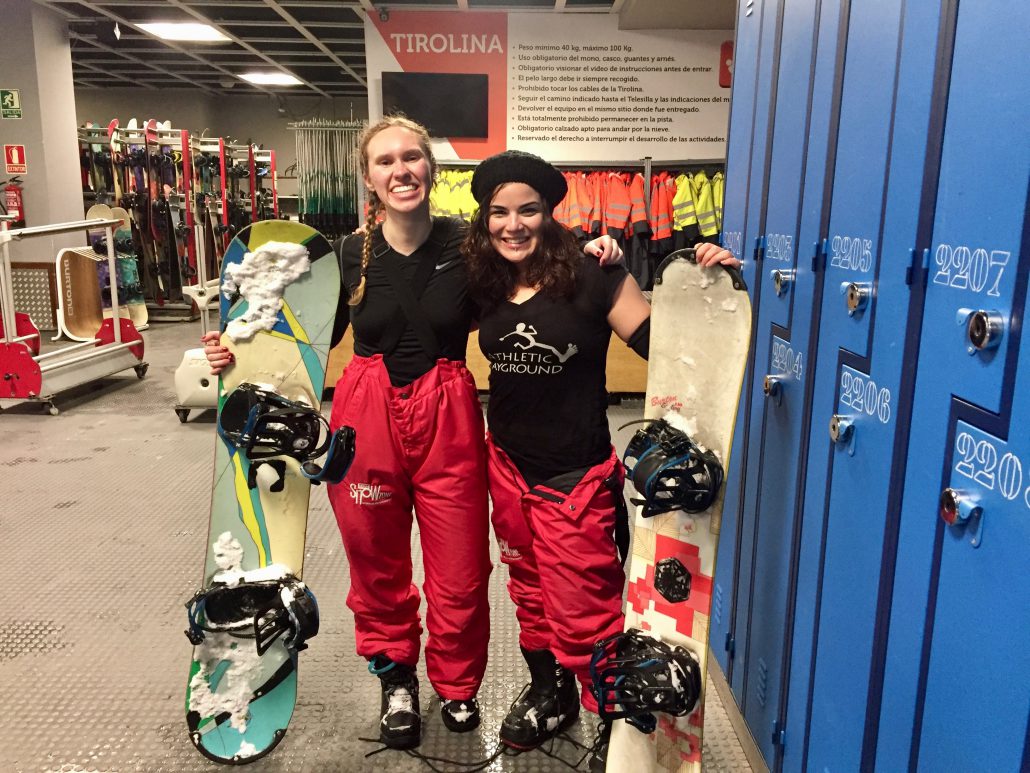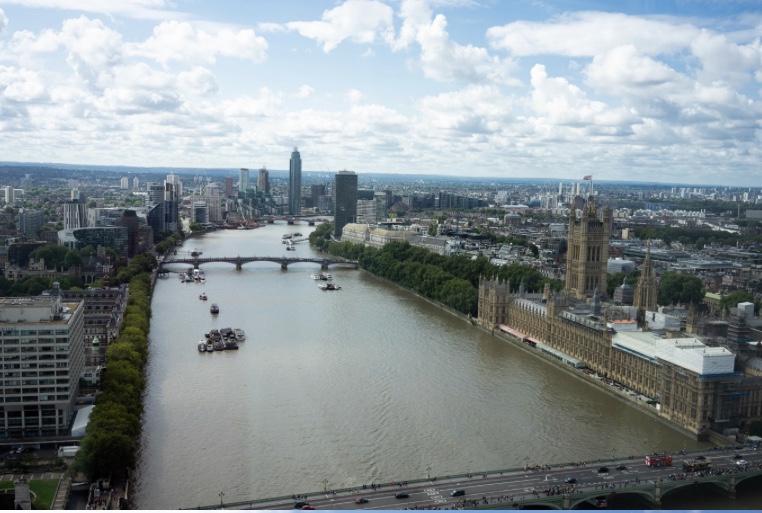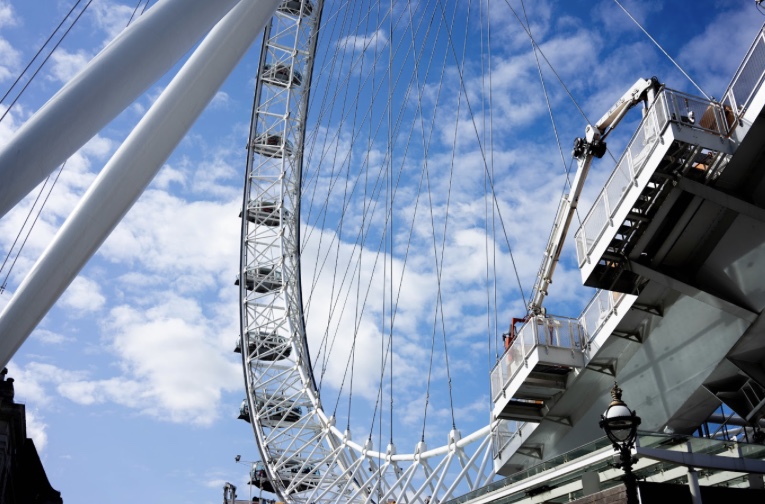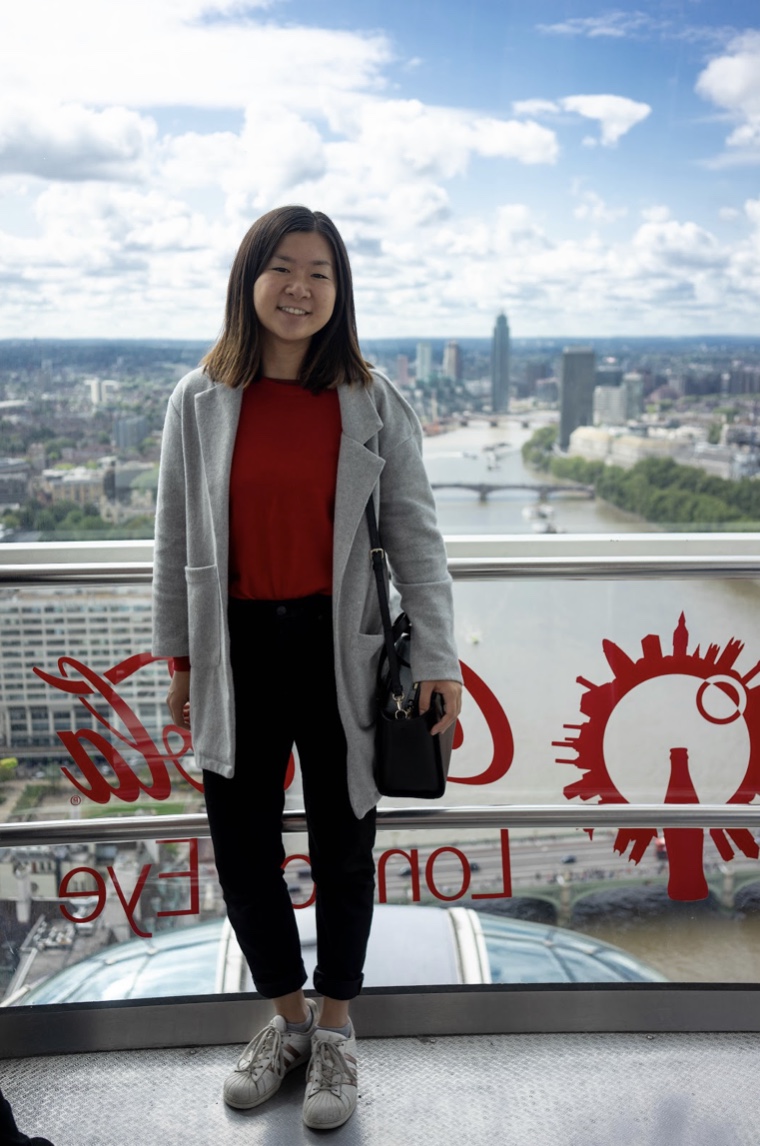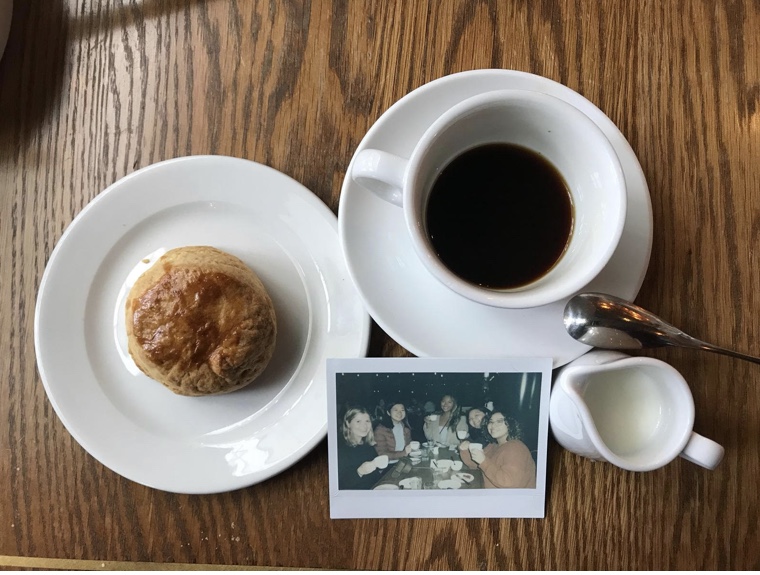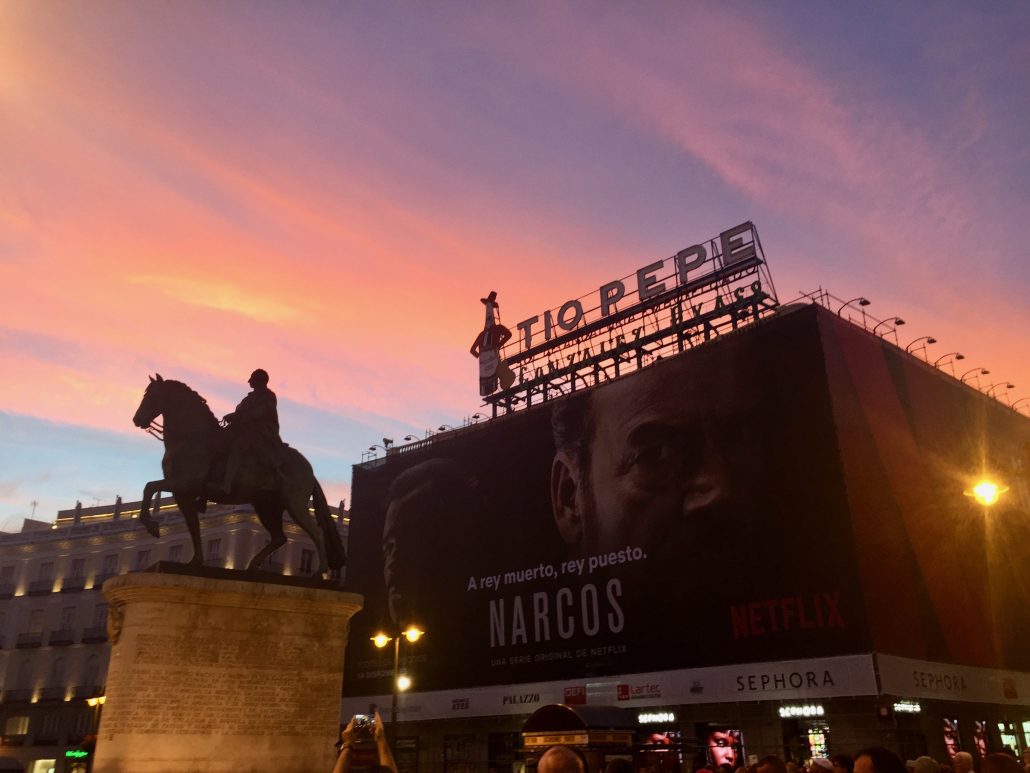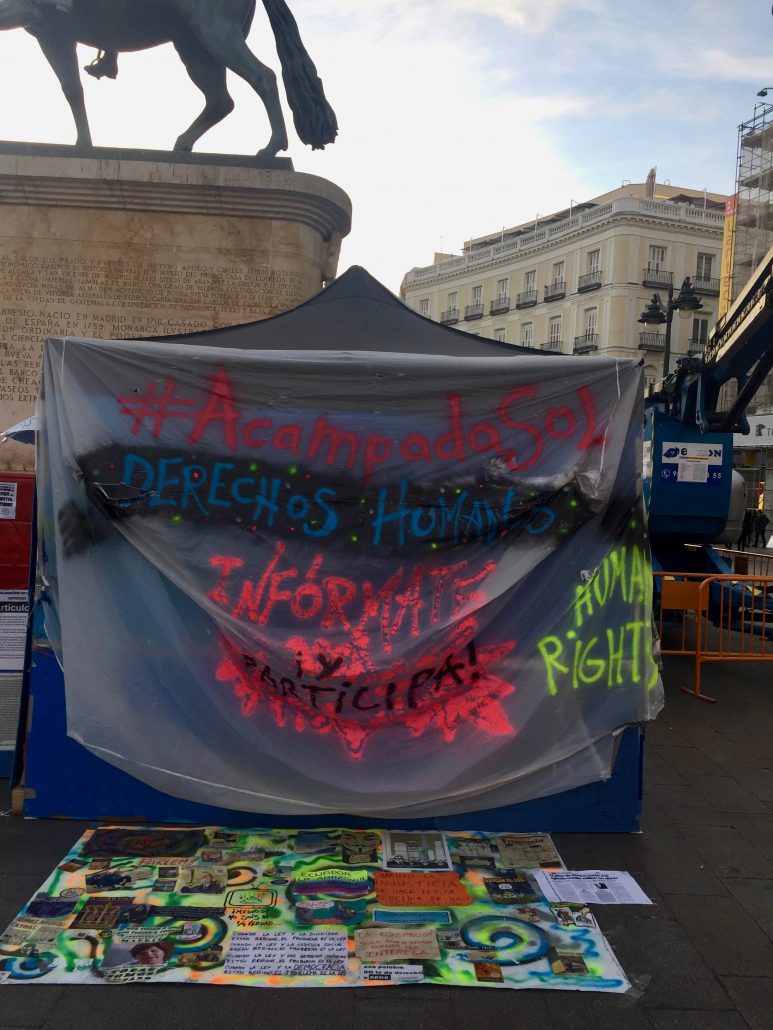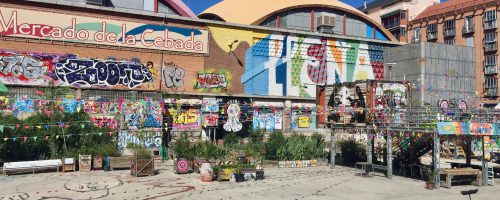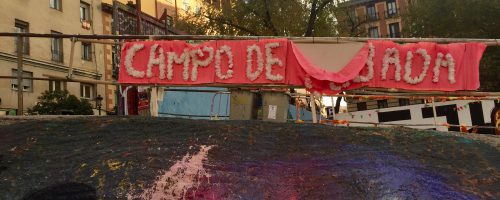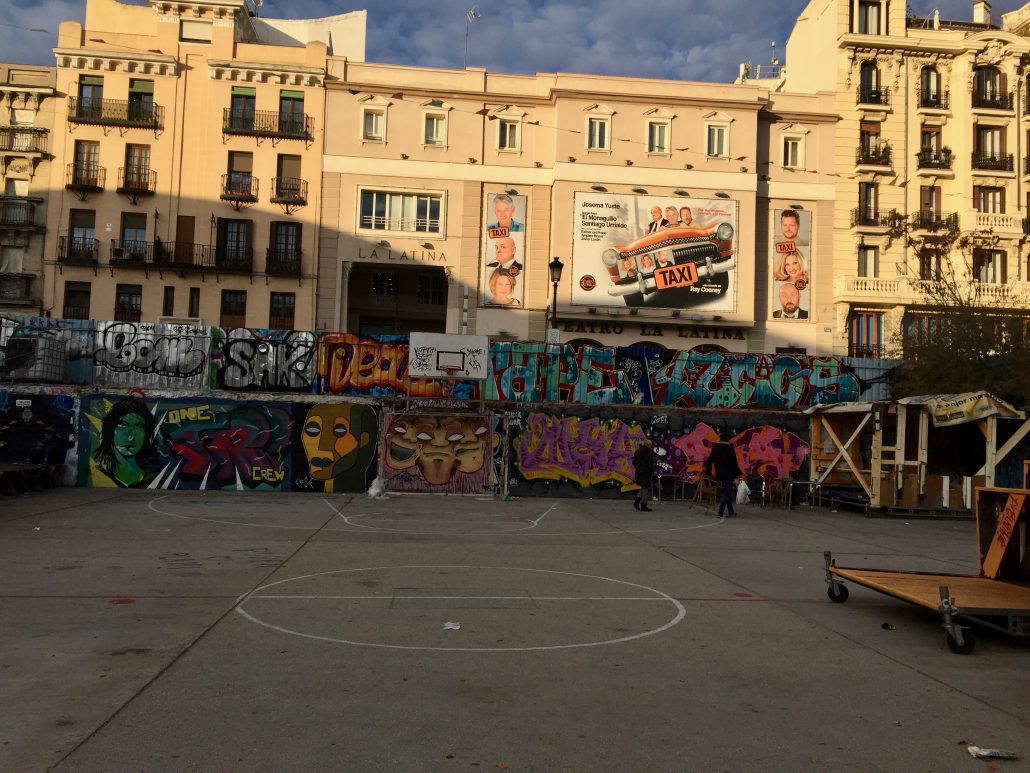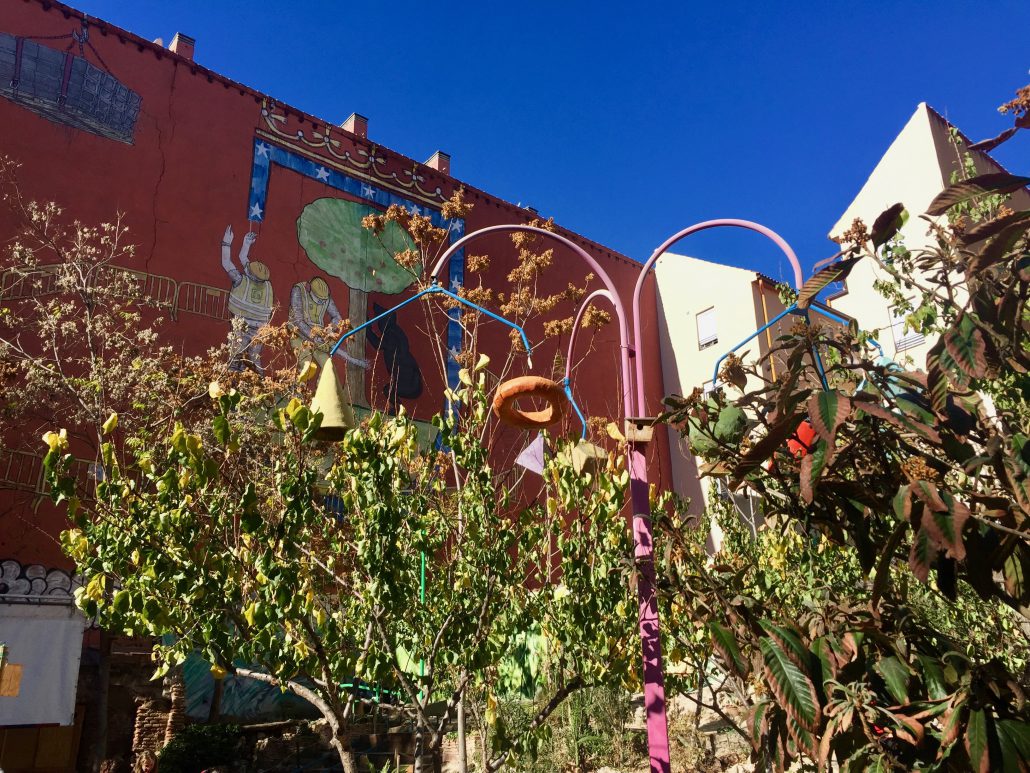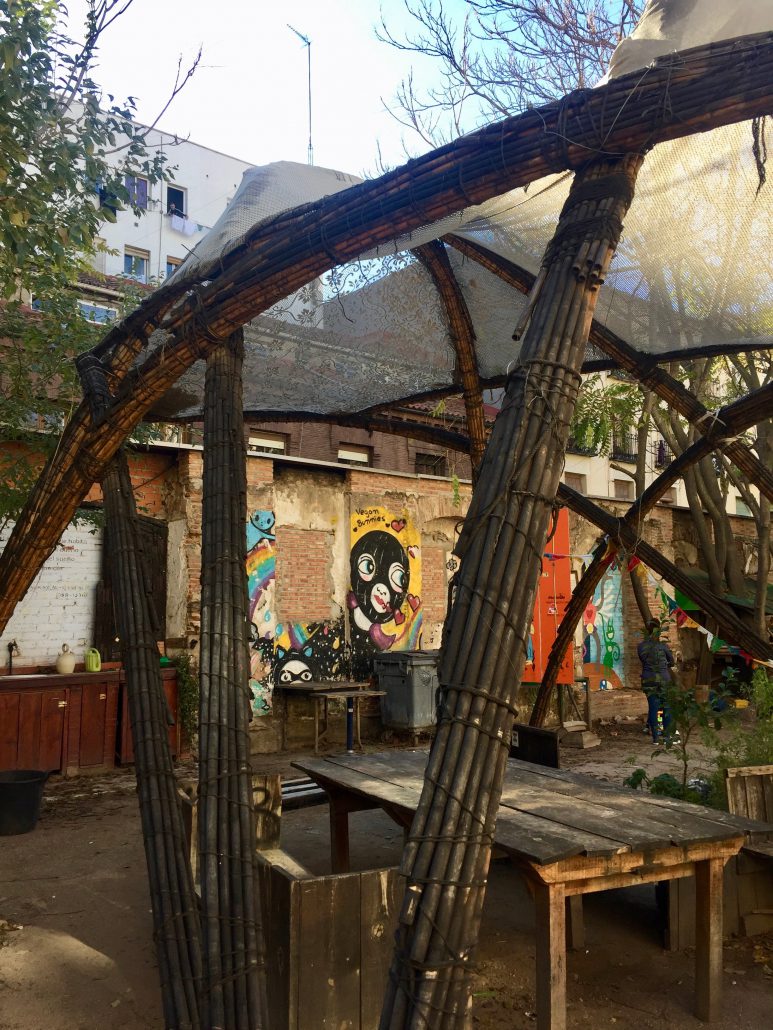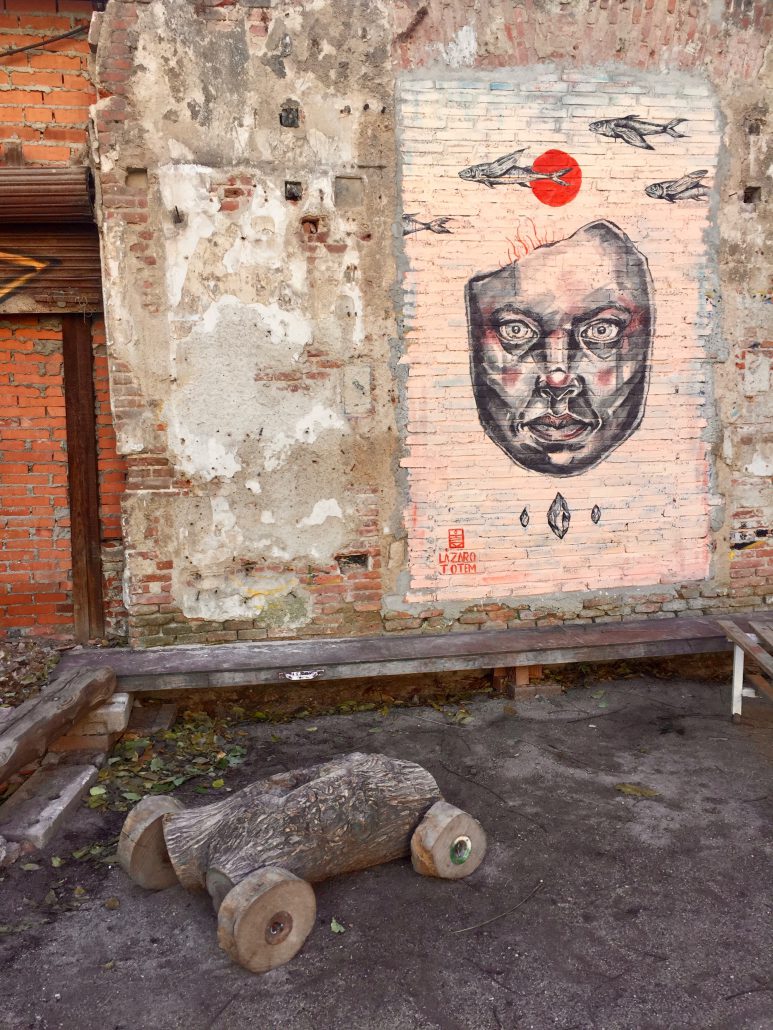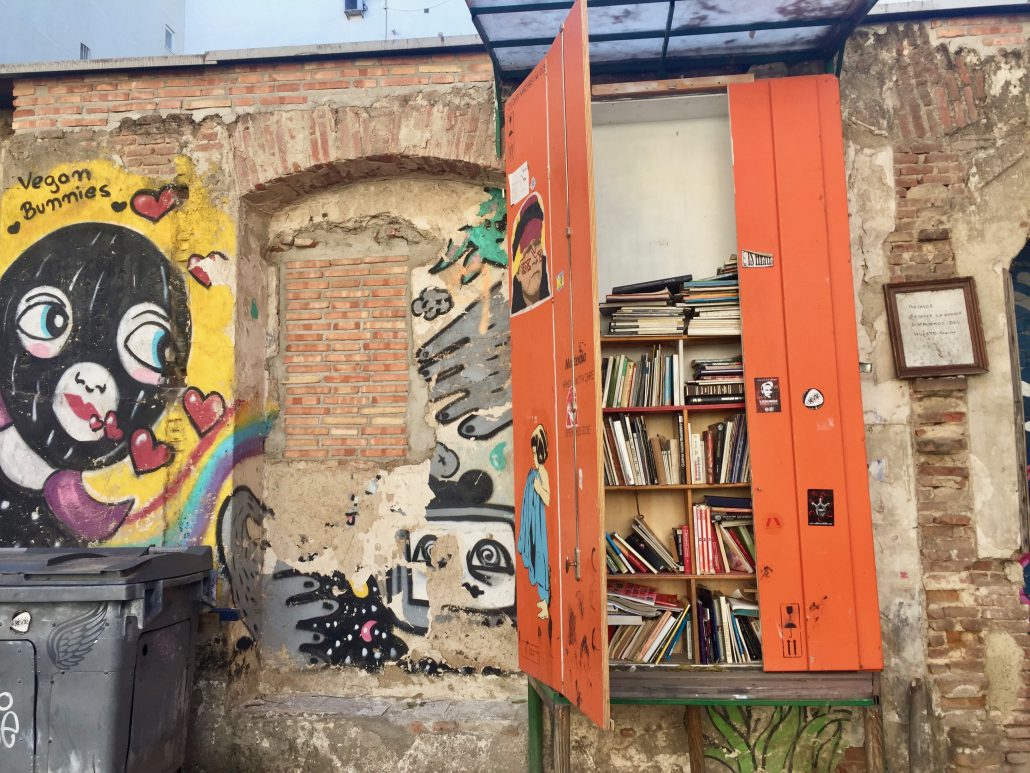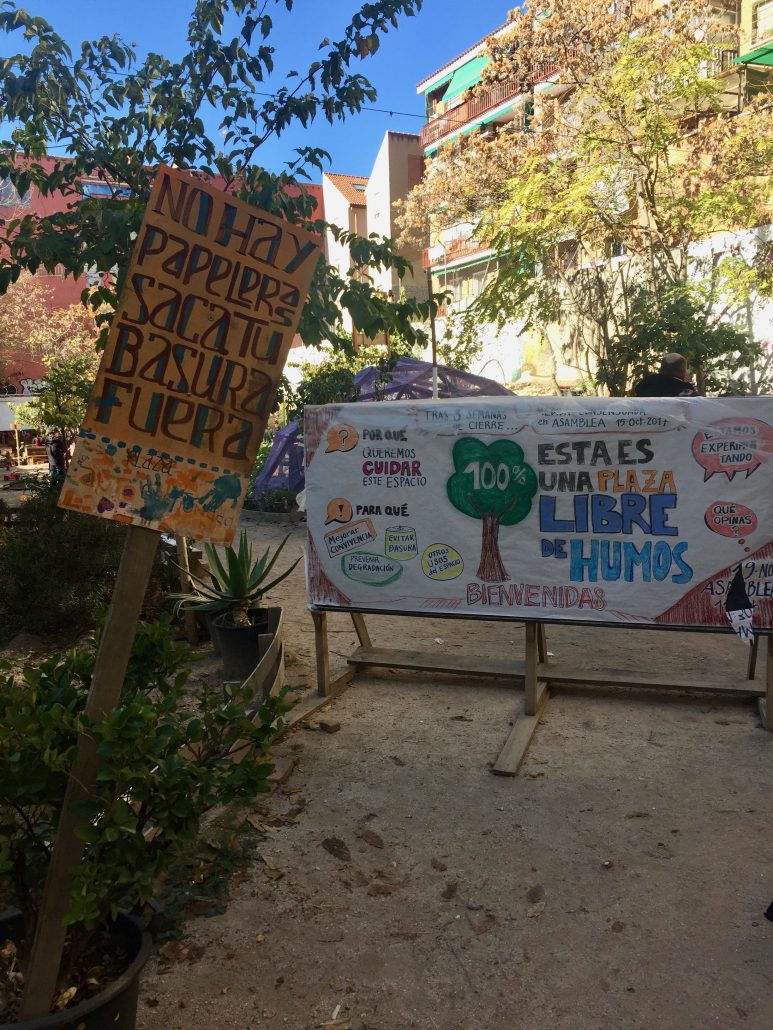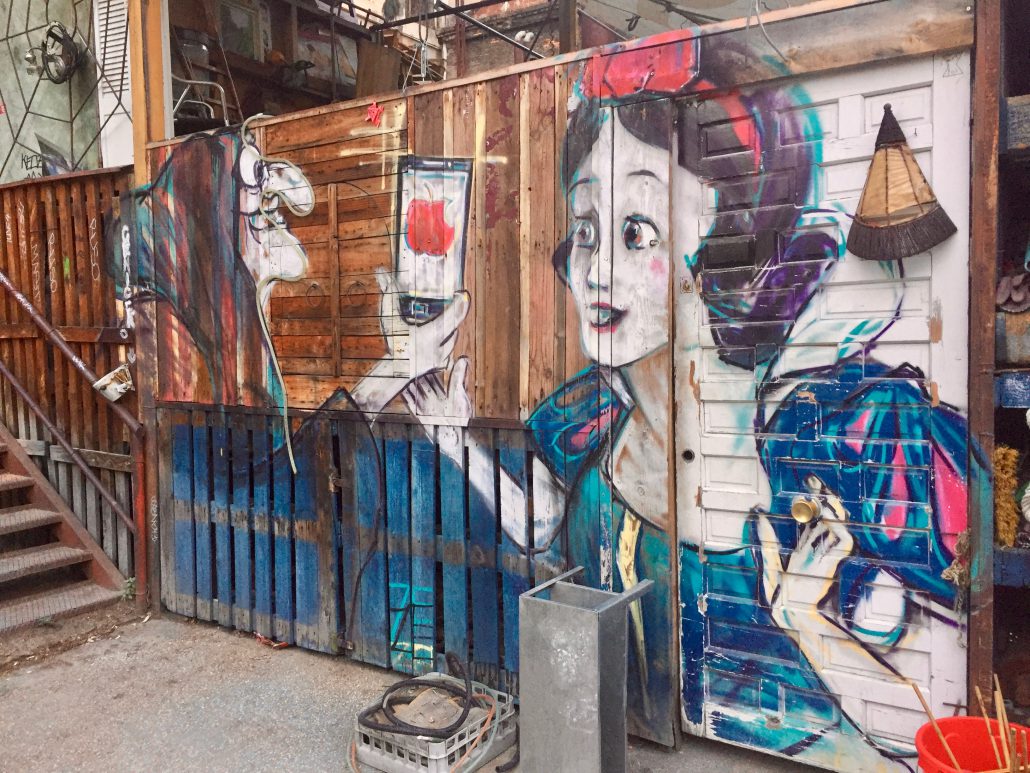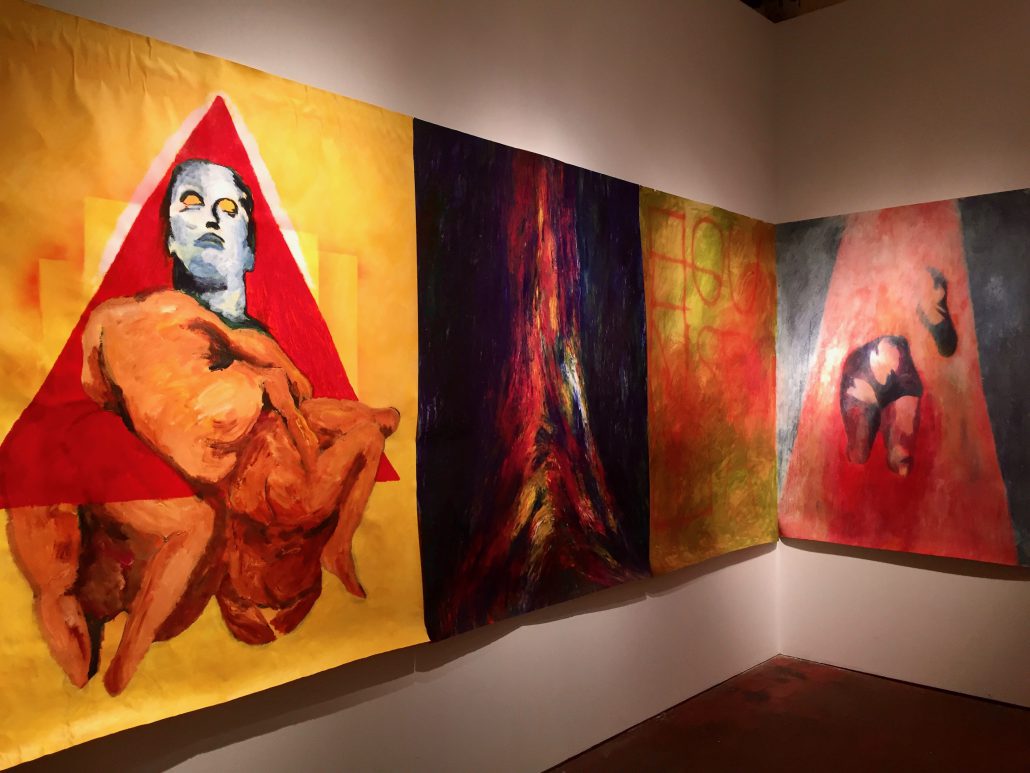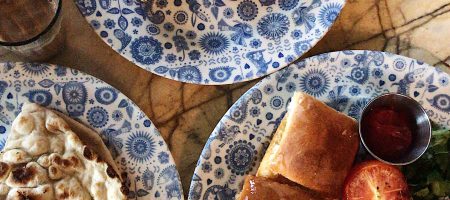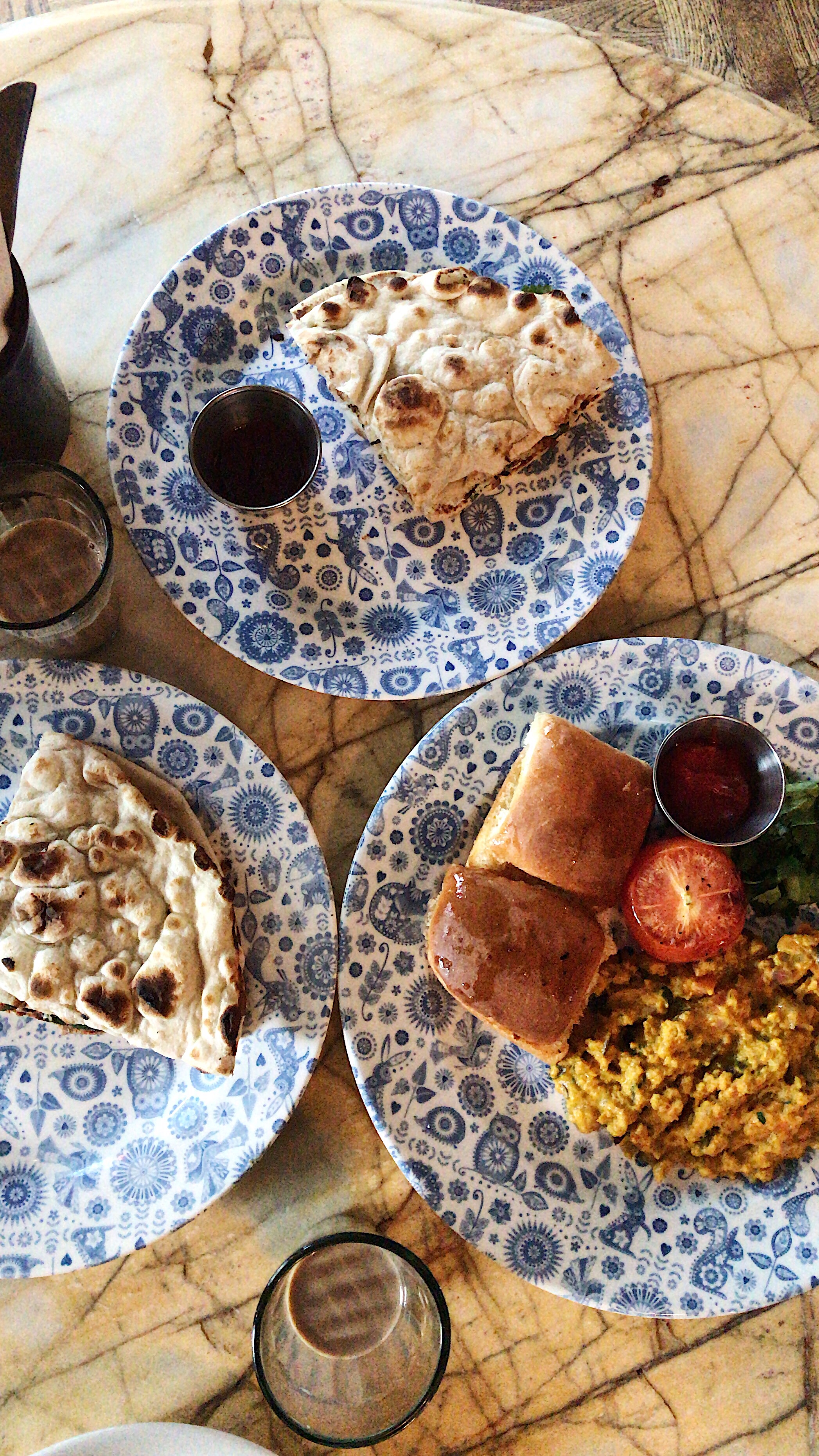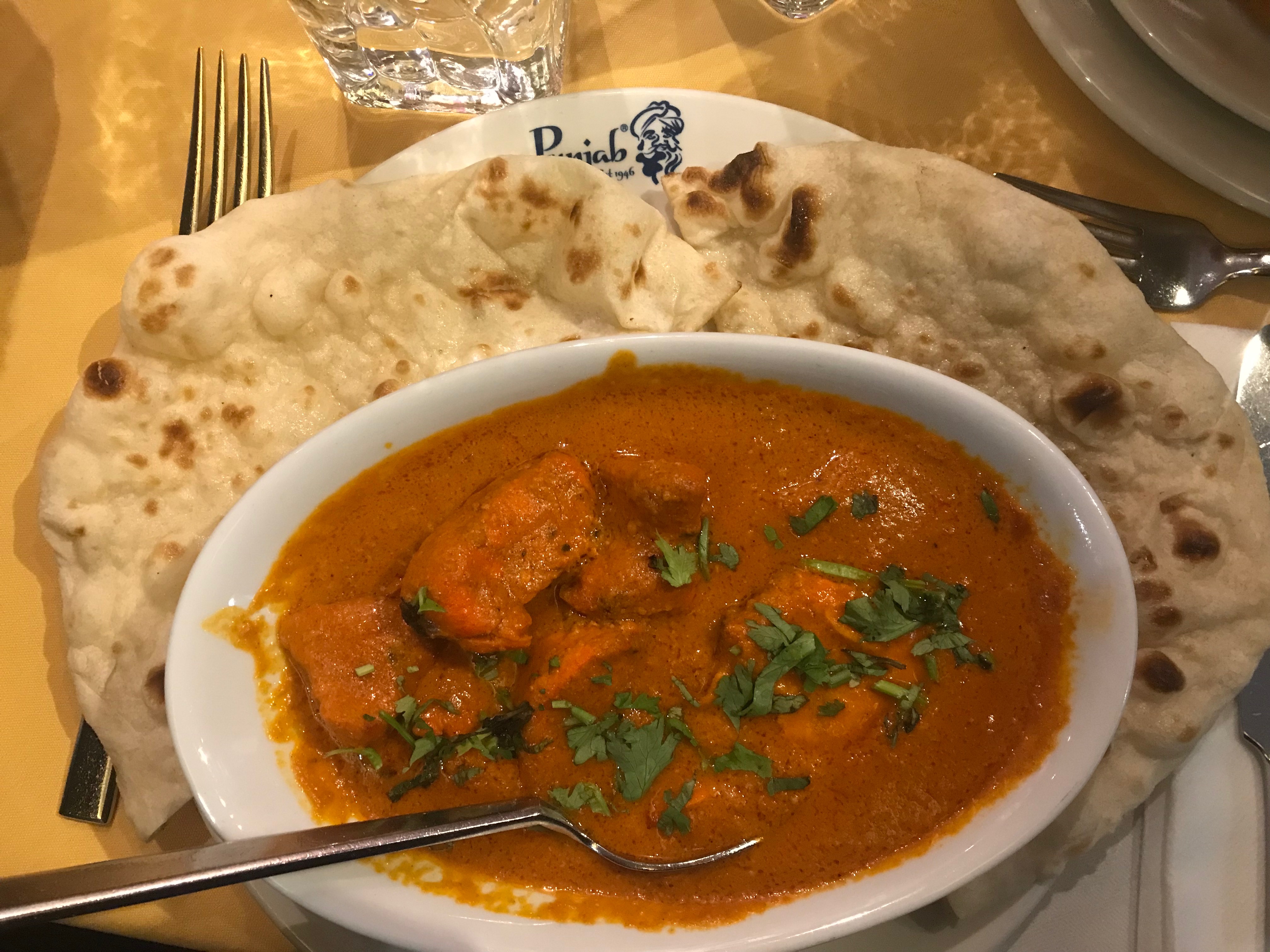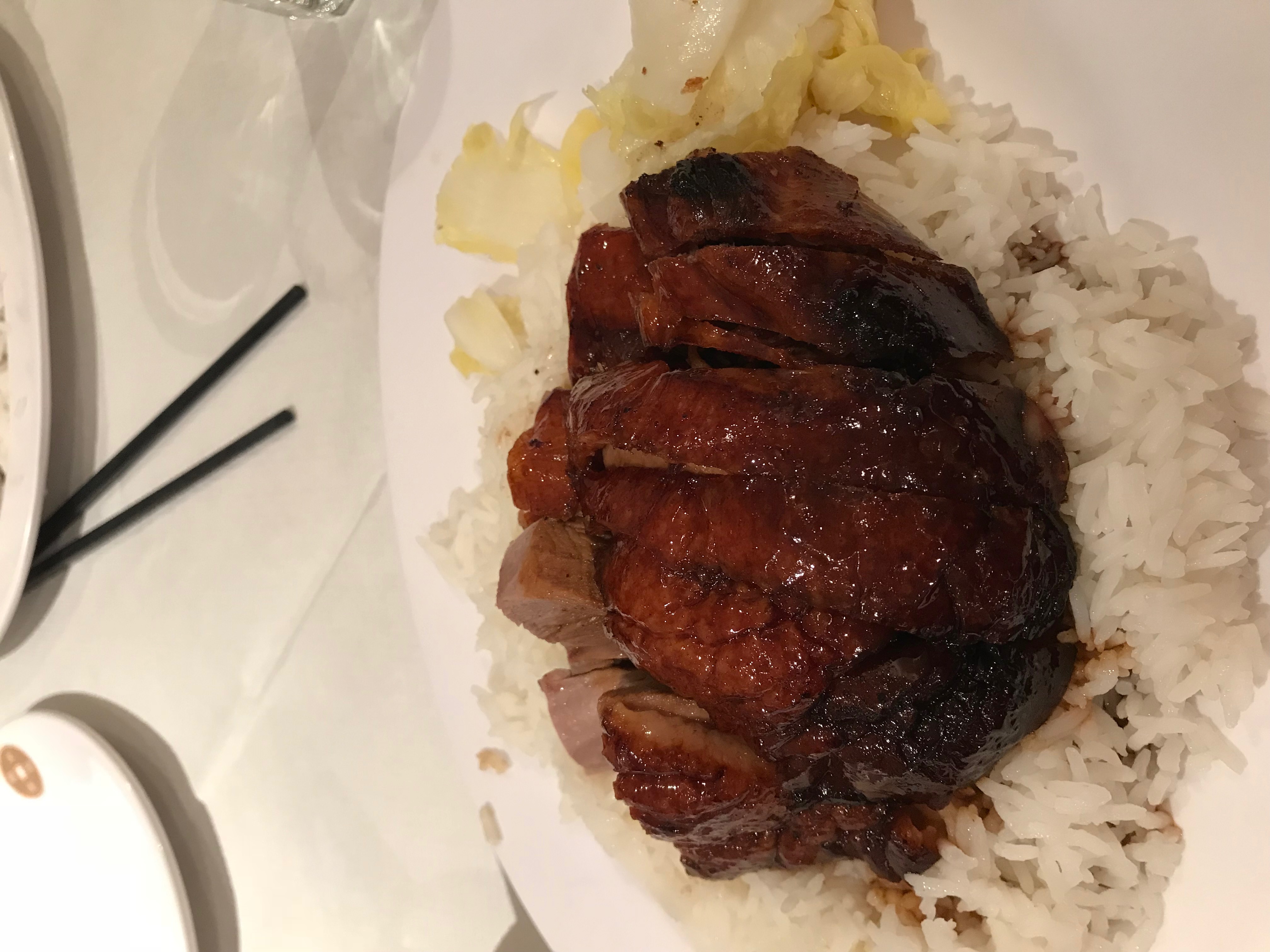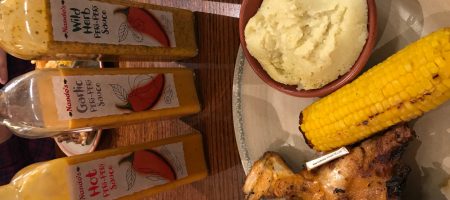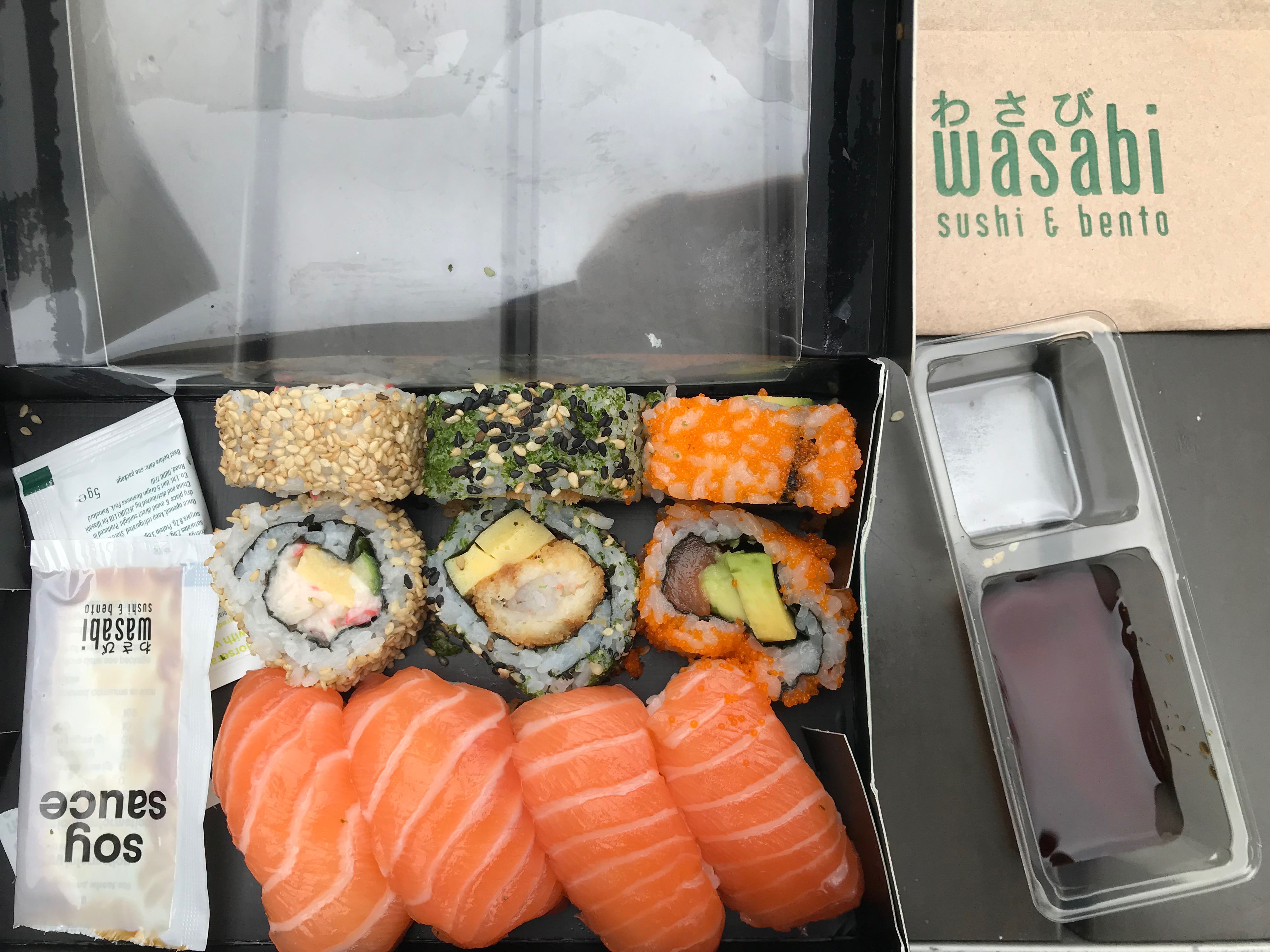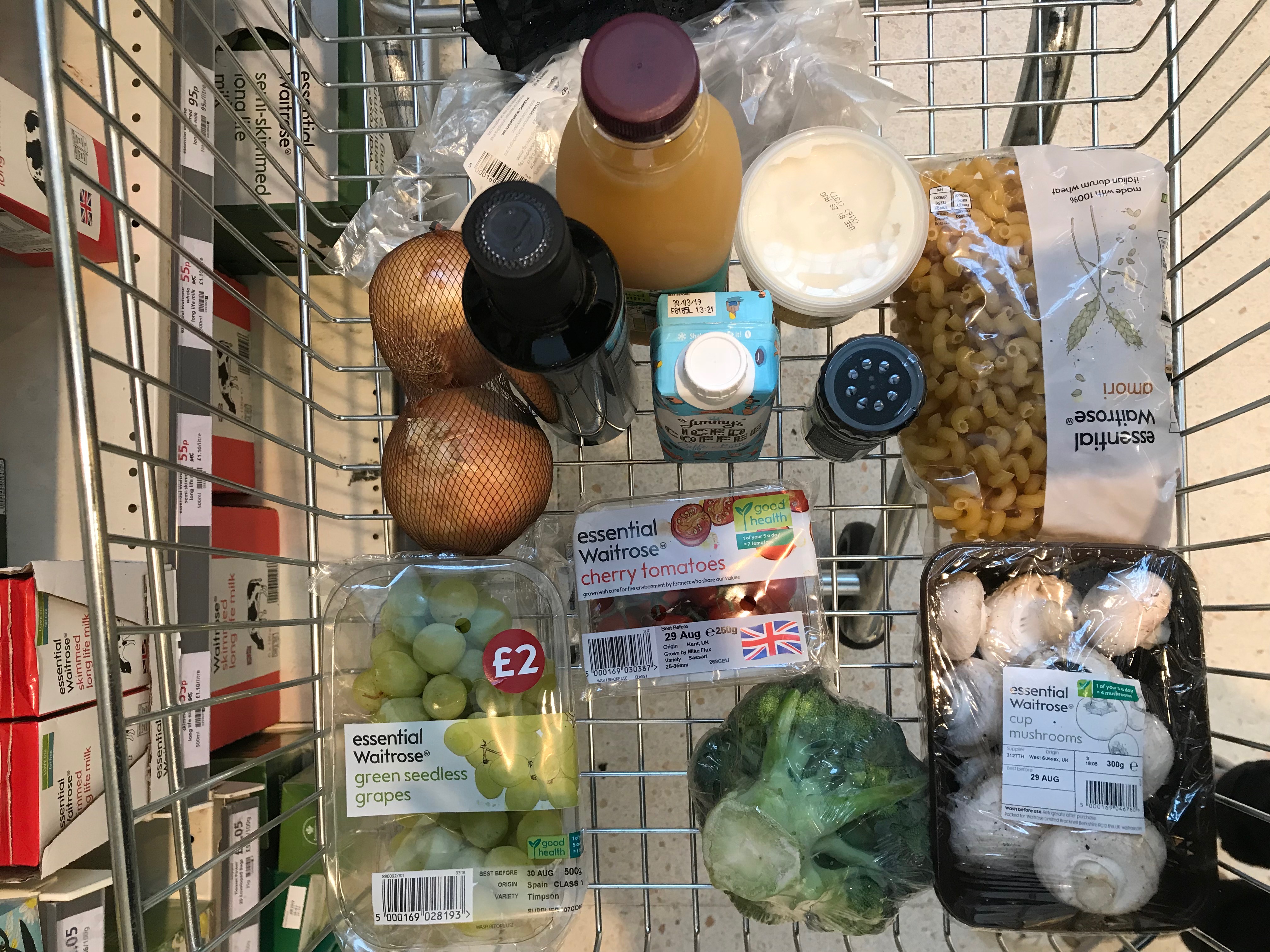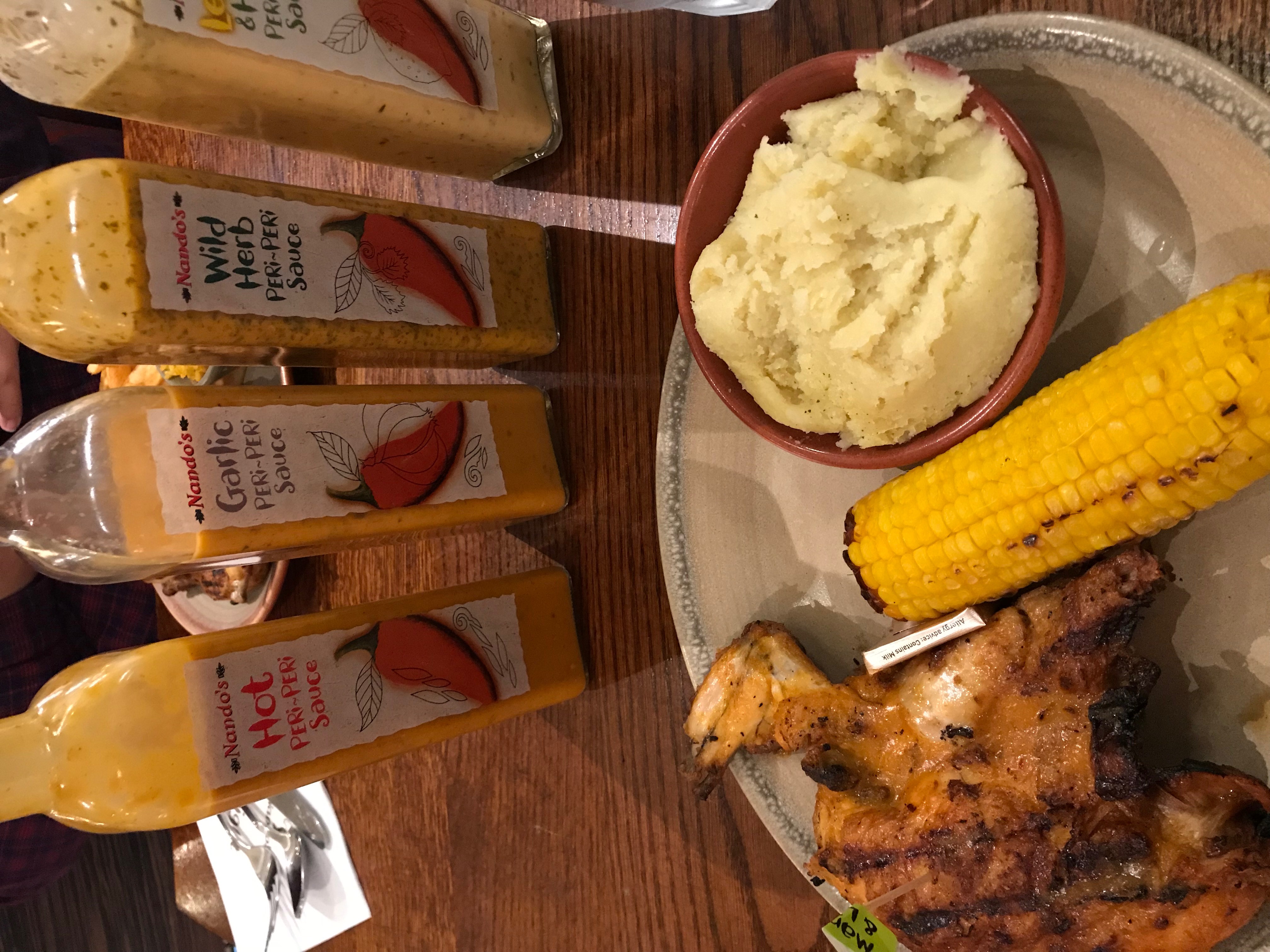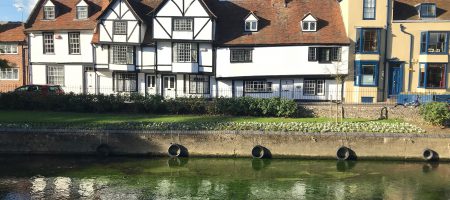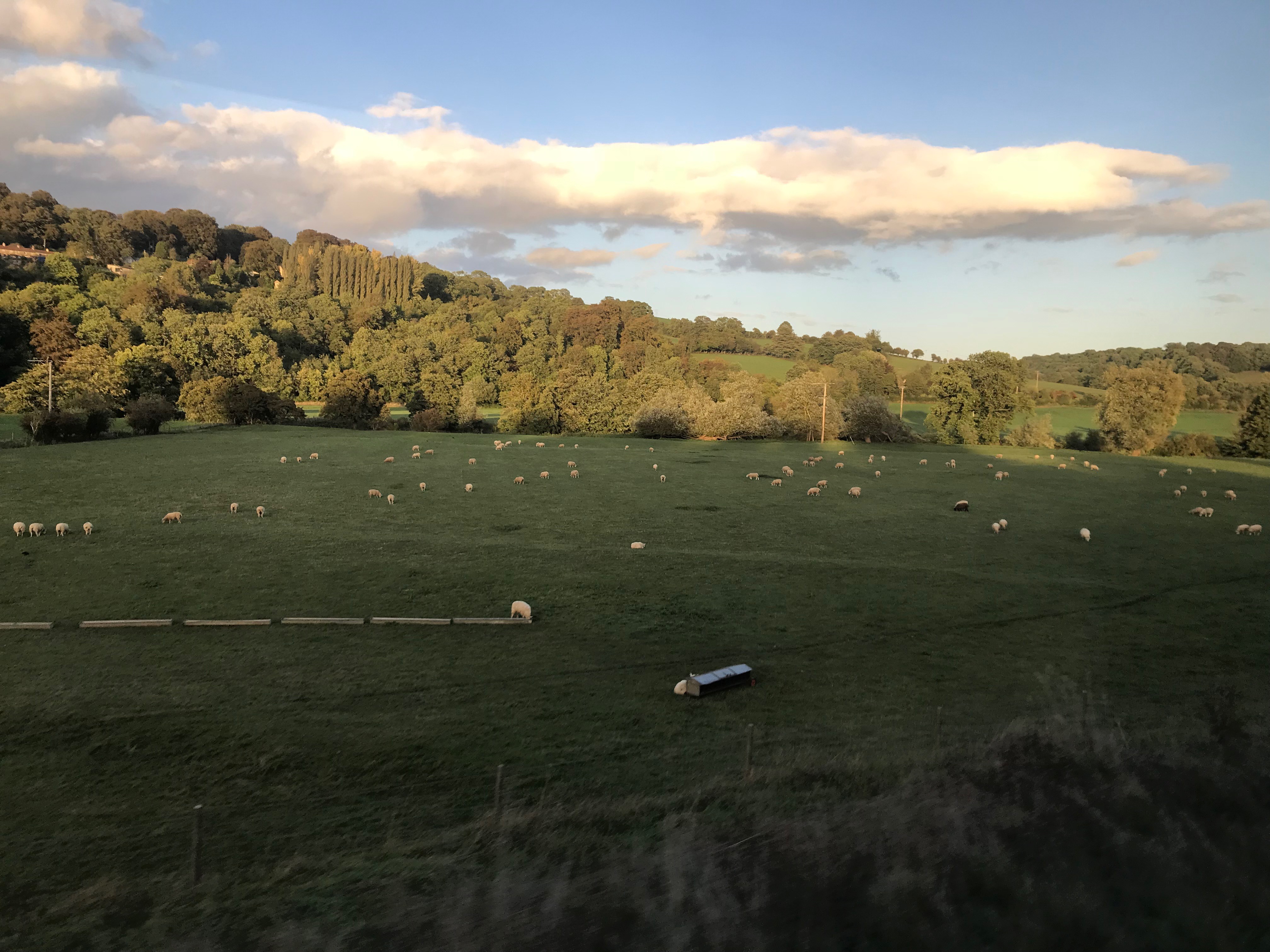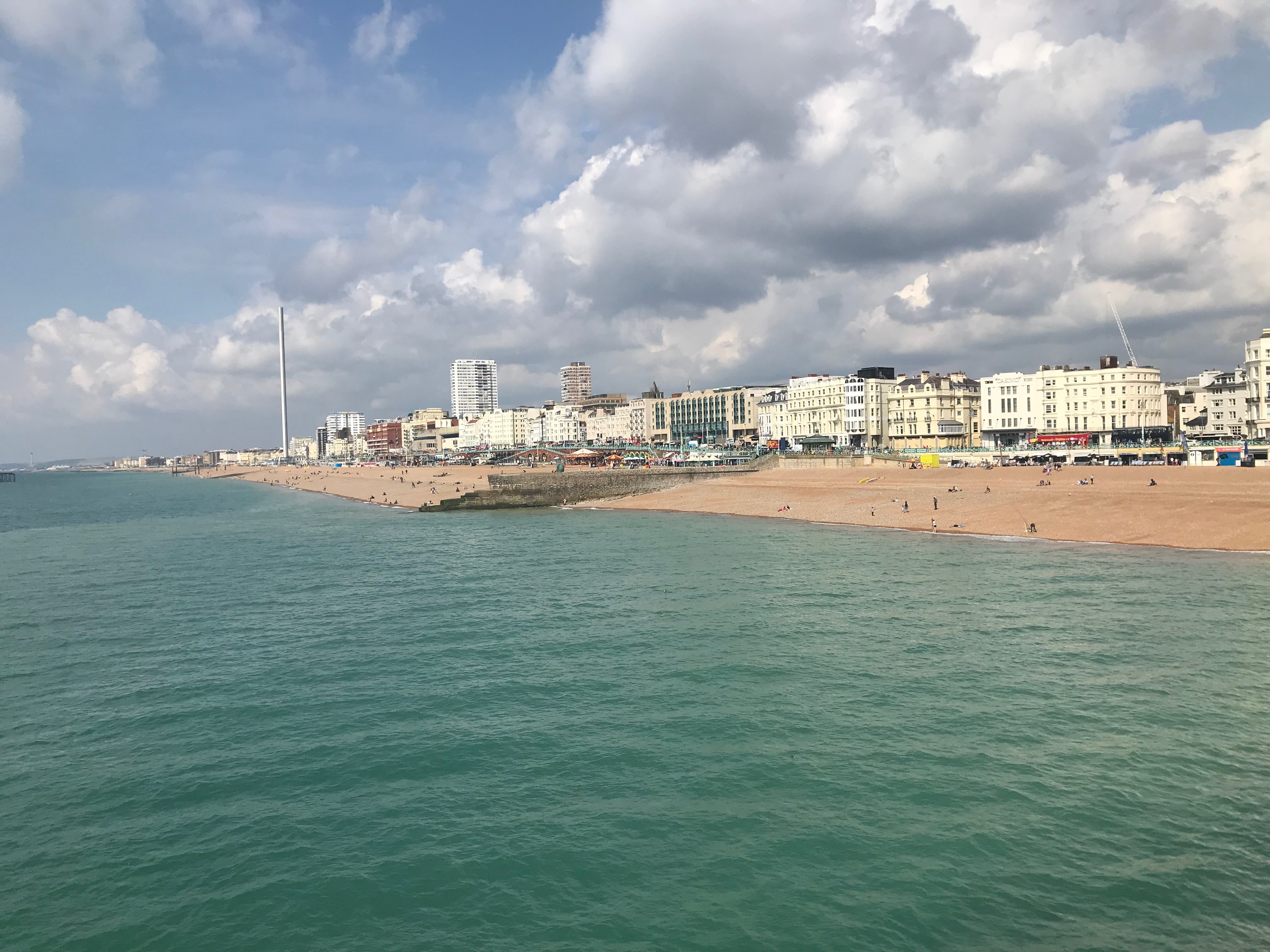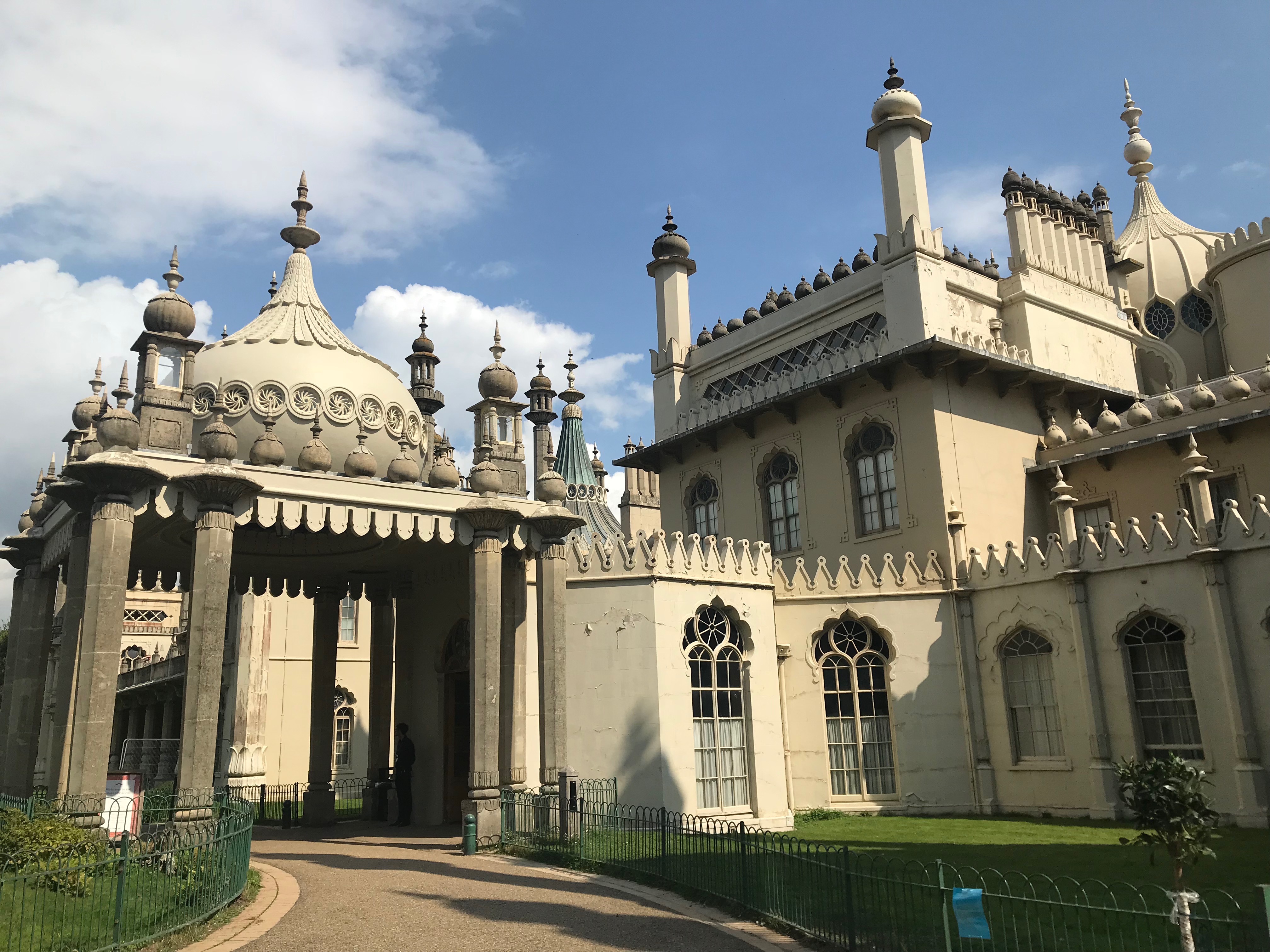UK | Best of Cambridge
By Emma Skinner
Day trip to Cambridge? Looking for a good cup of coffee nearby the colleges? Below I’ve laid out some of my favorite spots in the city center!
- Best cup of coffee: Hot Numbers
Hot Numbers location is fantastic for students because of its centrality to the city center (and to those in the Department of Engineering, School of Architecture and the History of Art, and Judge Business School, it’s right next door). They offer an array of pastries from vegan muffins to gluten free polenta. But their coffee is what puts them apart from the rest. I highly recommend the iced latte with oat milk, but if you order anything here you will not be disappointed. Lastly, if there was a “best matcha pancakes” category, Hot Numbers would definitely win.
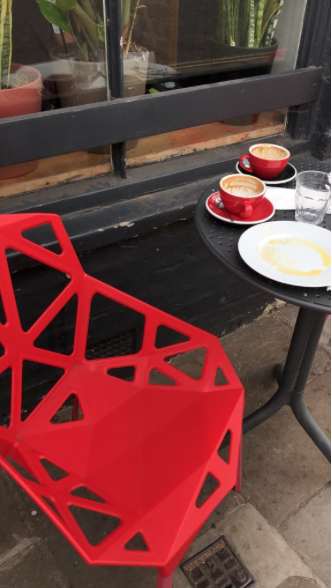

- Best cakes: Tom’s Cakes
The variety of options here is what drew me to Tom’s in the first place. After discovering it thanks to a food tour I went on, I immediately knew I needed to go back. The homey atmosphere is perfect for the Cambridge vibe. The large outdoor space in the back is also great for a picnic (and they provide the blanket to sit on)! Their cake flavors change based on the season, so whether you come in the summer or winter, there will be something new to try!
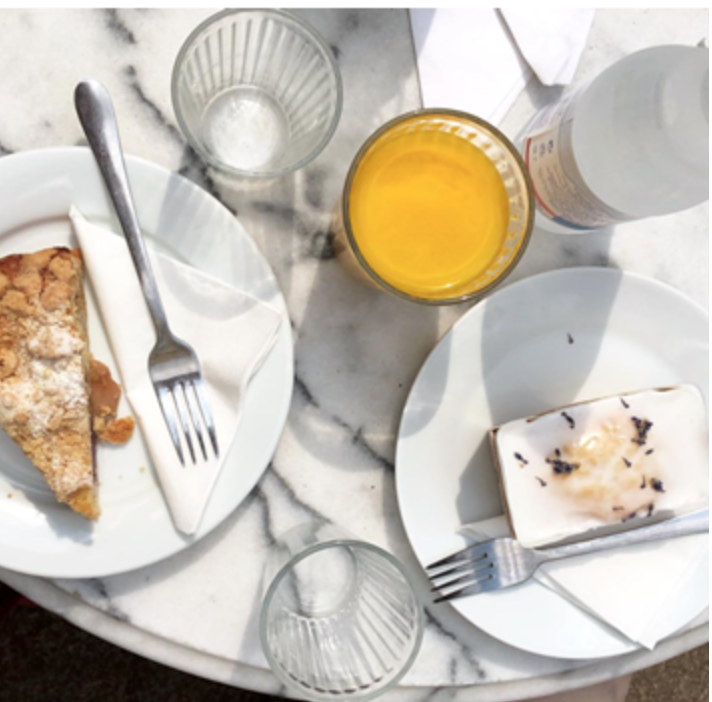
- Best market: The City Center Market
Whether you need a quick bite to eat, pick up groceries for the day, or buy a souvenir, this market is the prime space to visit. The array of station you will find means you can come often and never get bored. Personally, I love the falafel, smoothies, fresh produce, and beautiful flowers.
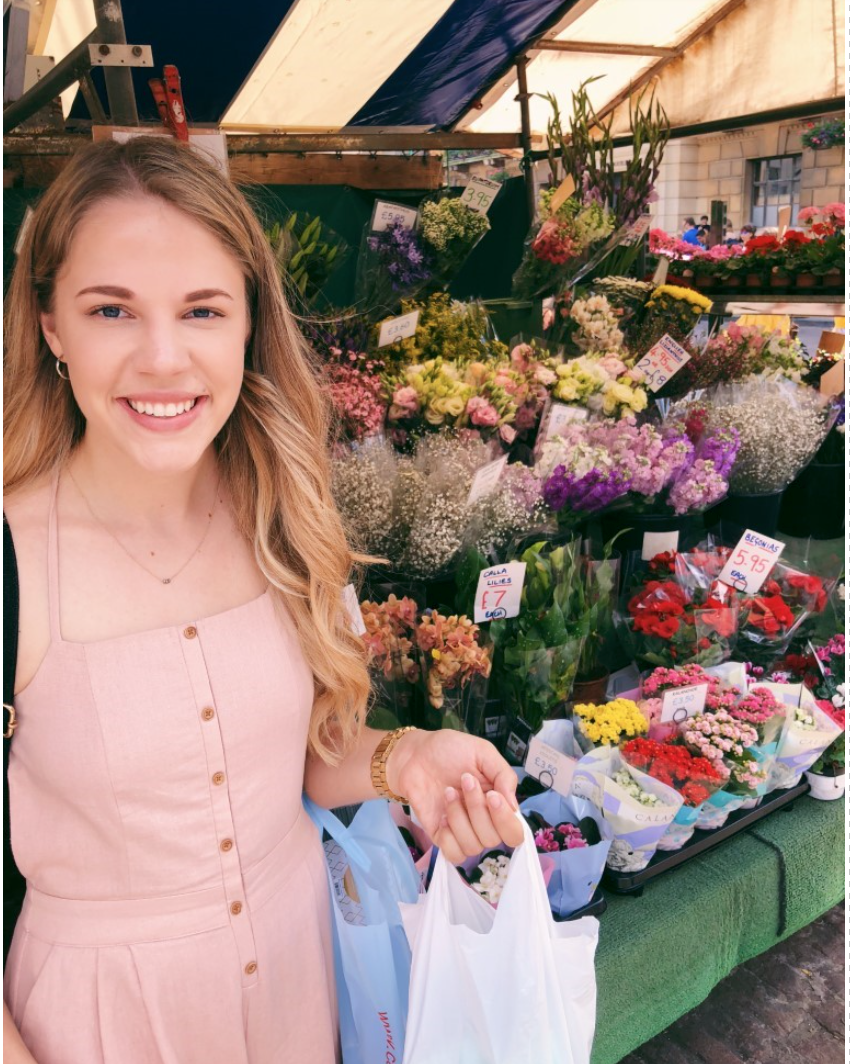
- Best sightseeing: Castle Mound
Originally the site of a castle, this hill offers a beautiful view of the city. I suggest visiting on a clear evening so you can see the sunset. Even better, try counting the amount of church towers you see (I still haven’t managed to count them all).
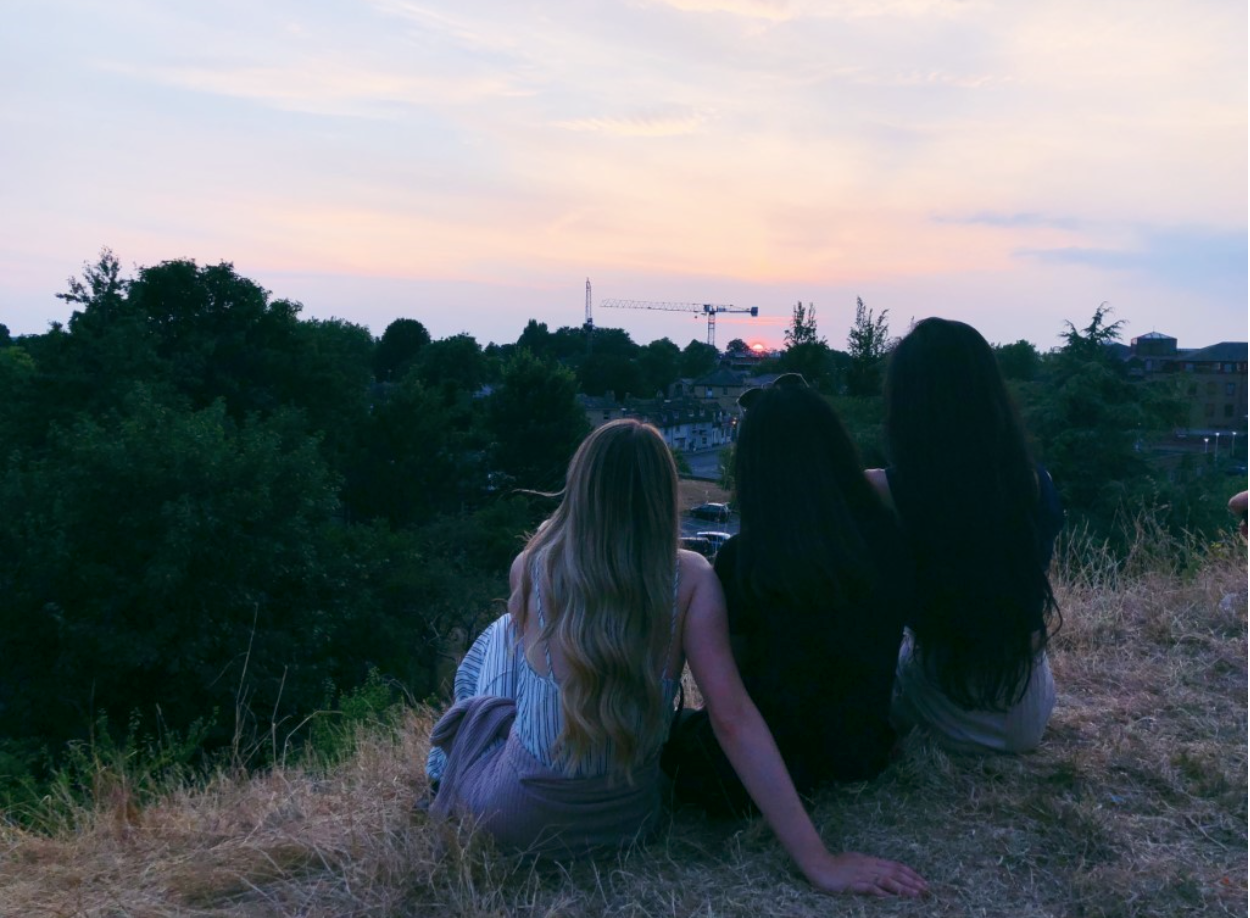
- Best park: Coe Fen
Located next to the Mill restaurant and pub, Coe Fen is the perfect spot for a picnic. The wildlife runs free here, so expect to be greeted by the friendly cow. This is also a fantastic place to run along the river on the many different paths that go through the park.
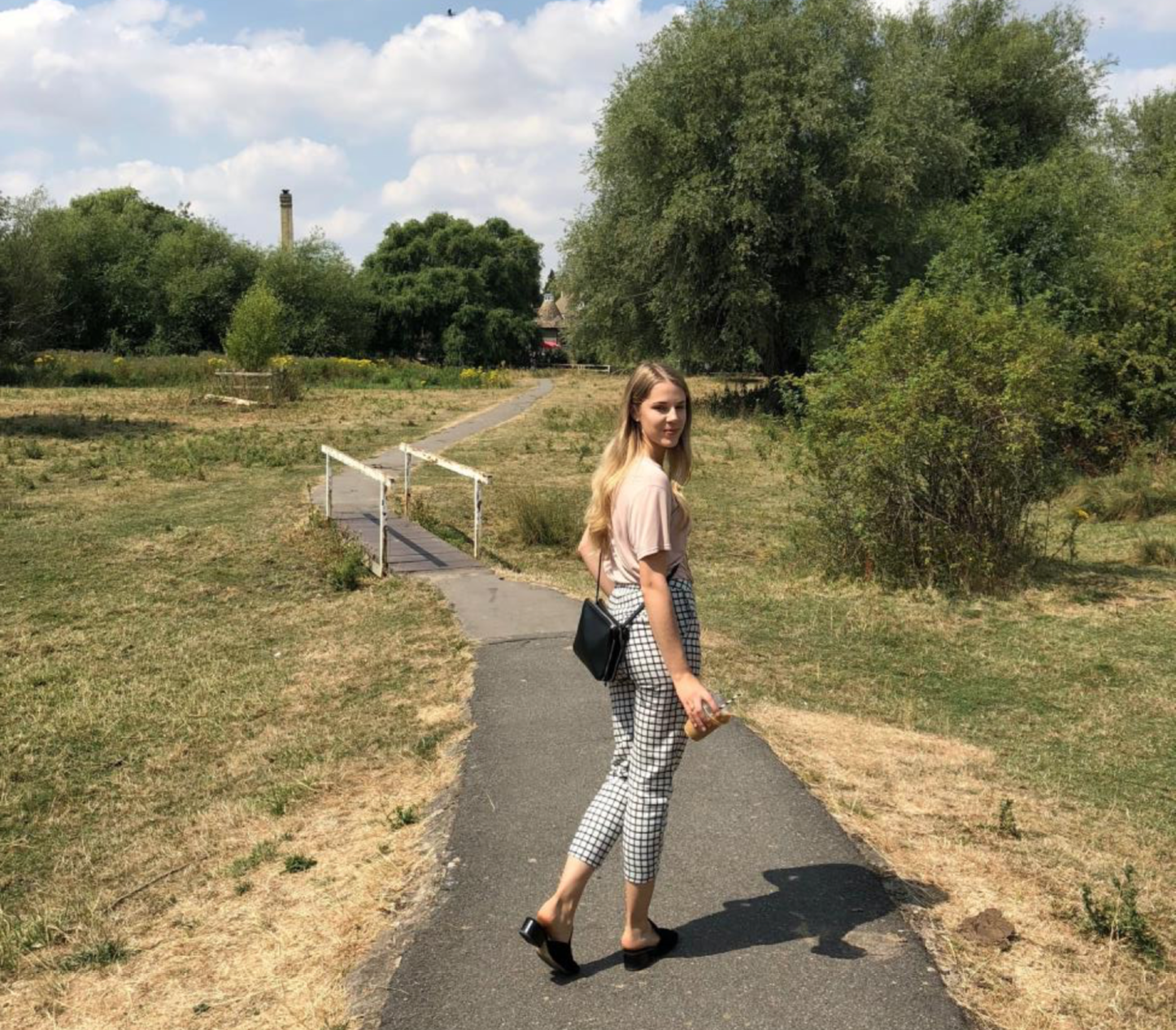
- Best late-night snack: Uncle Frank’s Food Truck
Up late studying and need some more fuel to get you through the night? Check out Uncle Frank’s food truck in the city center to get a quick, and cheap, bite to eat. I highly recommend the fries (or chips as the locals say). The truck offers a variety of yummy toppings or go classic and try them plain like me!
- Best bakery: Maison Clement
Don’t have time to make it over to Paris? Looking for yummy fresh bread? This is definitely the place to check out! This cute shop immediately caught my eye from the street. The amount of bread here is endless and the pastries are also delicious.
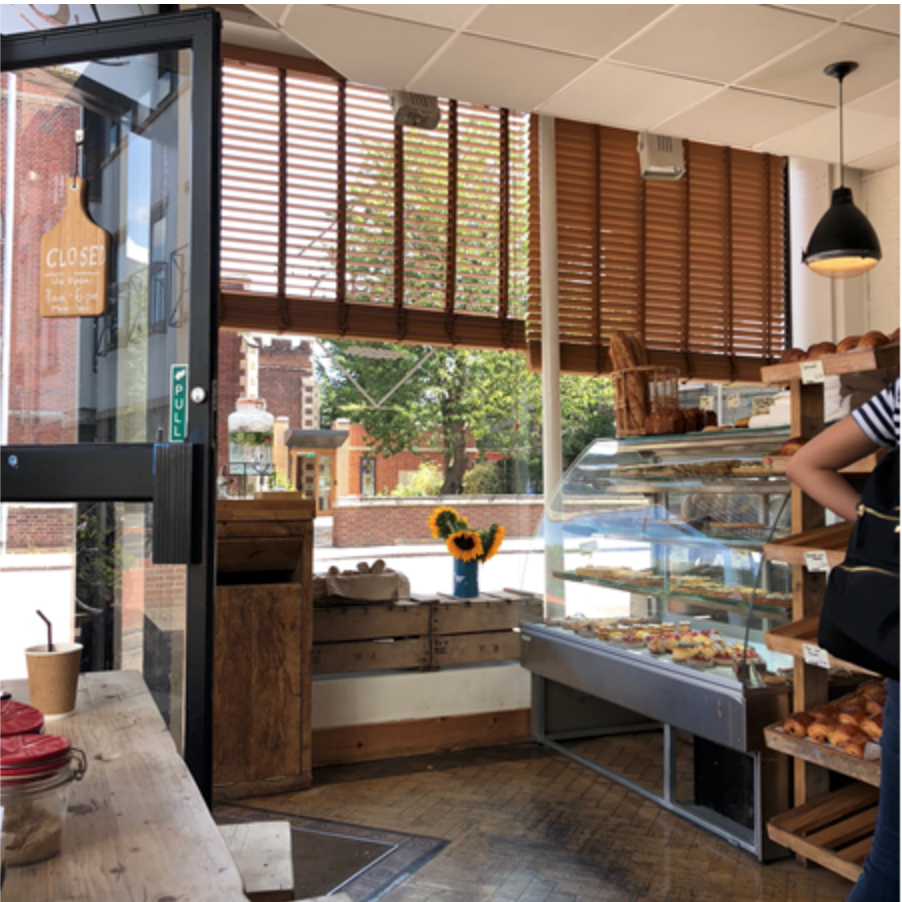
- Best live music: The Tram Depot
This pub offers great live jazz throughout the week. The large space creates a great environment where plenty of friends can sit and enjoy the music. The outdoor space is also quite inviting.
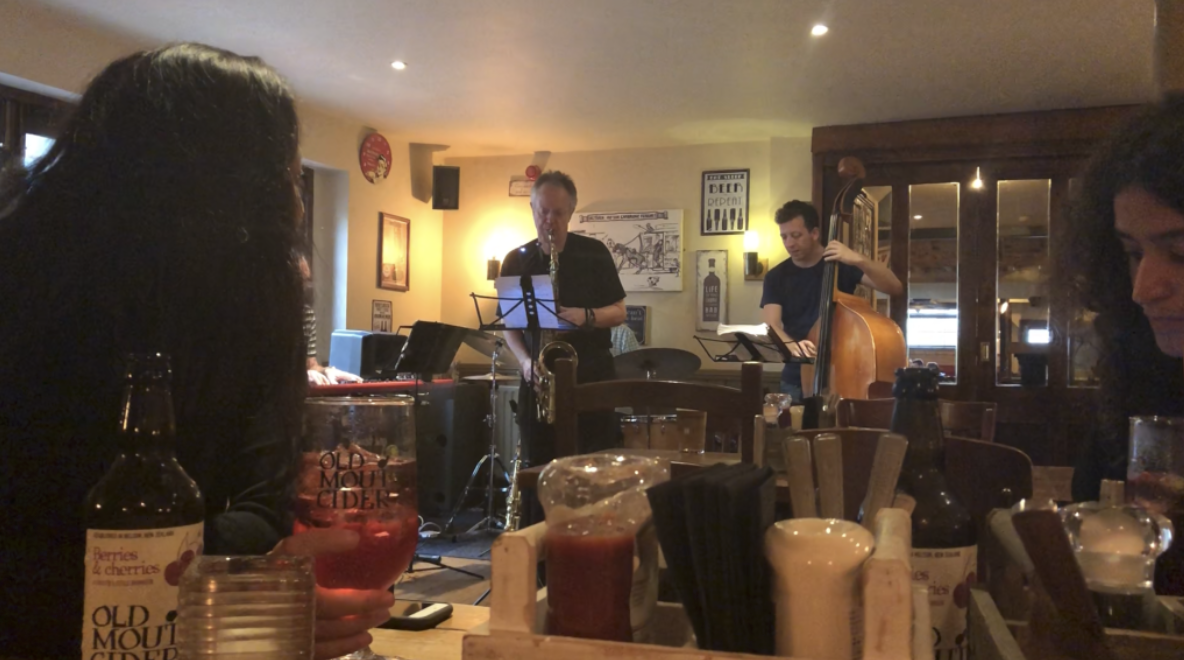
- Best gelato: Jack’s Gelato
Located right across the street from King’s College, Jack’s offers the best treat on a hot summer day. The gelato here is phenomenal and the flavors are also quite intriguing. They change daily so you will never run out of things to try. They also offer a variety of vegan flavors which are quite delicious!
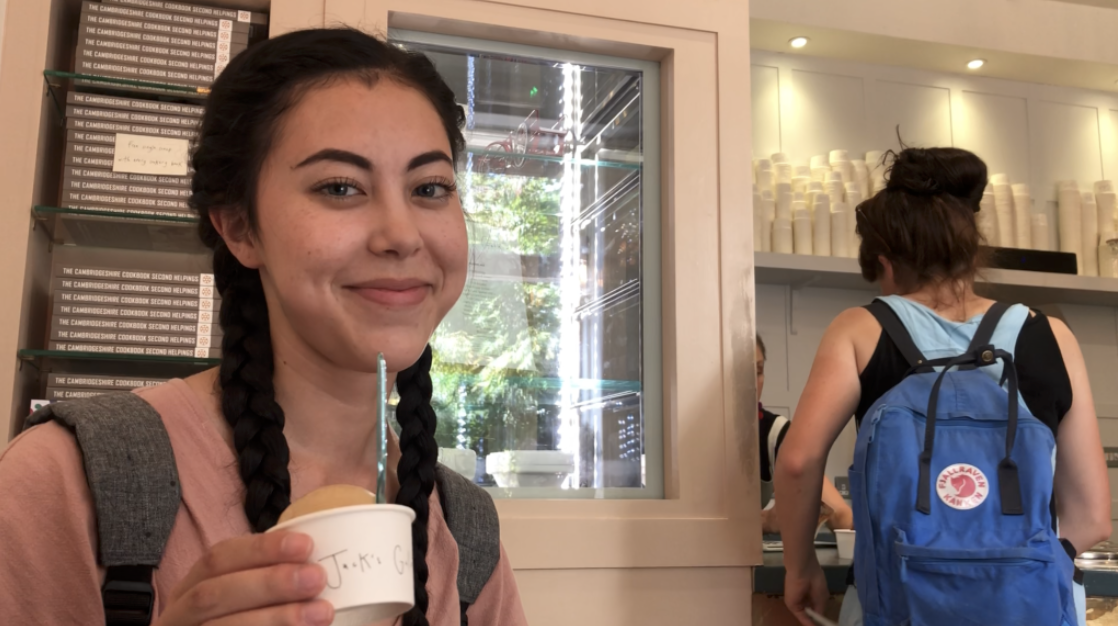
Emma Skinner studied in Cambridge, UK in 2018 http://eap.ucop.edu/OurPrograms/united_kingdom_england/Pages/default.aspx




